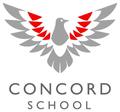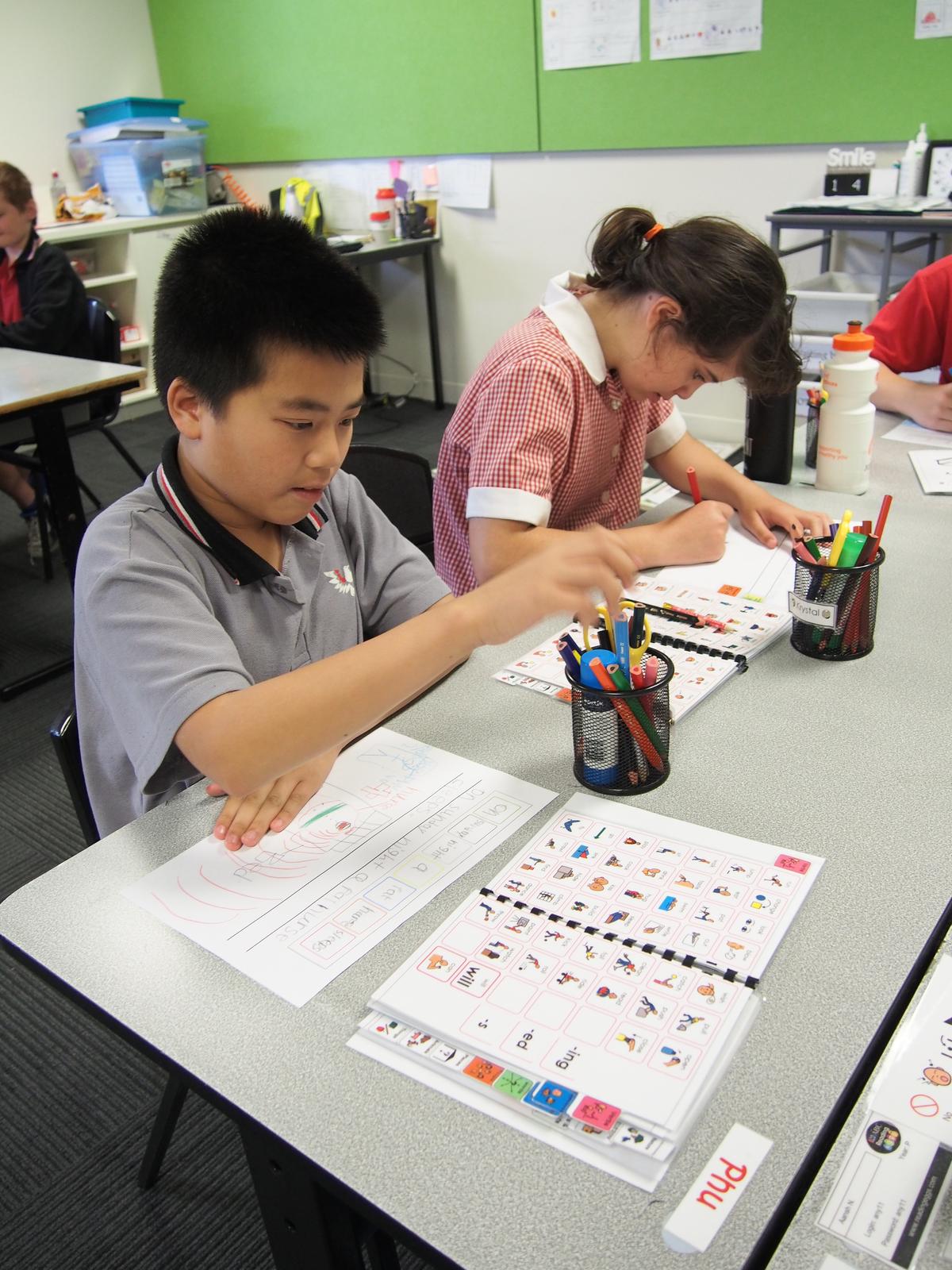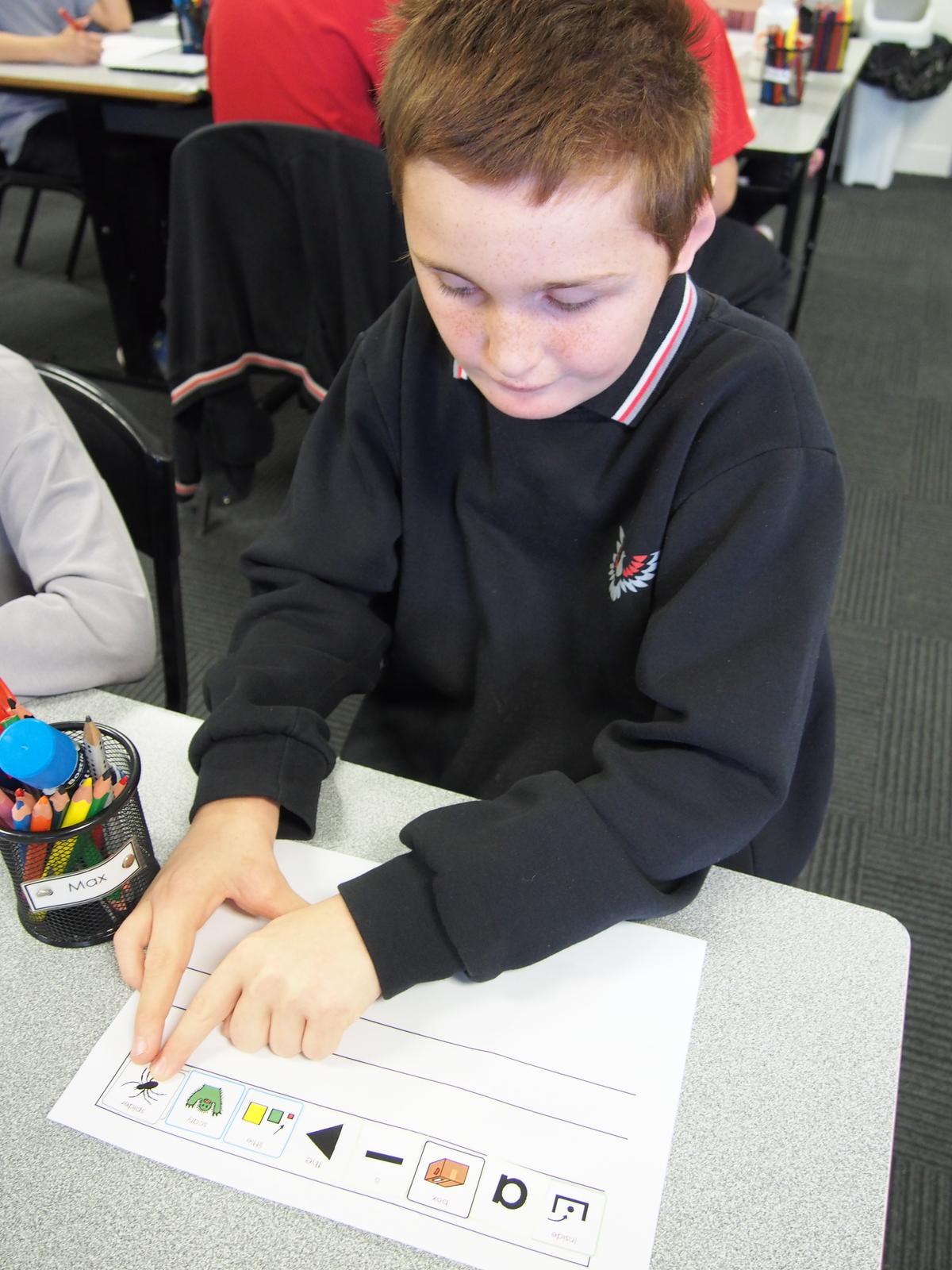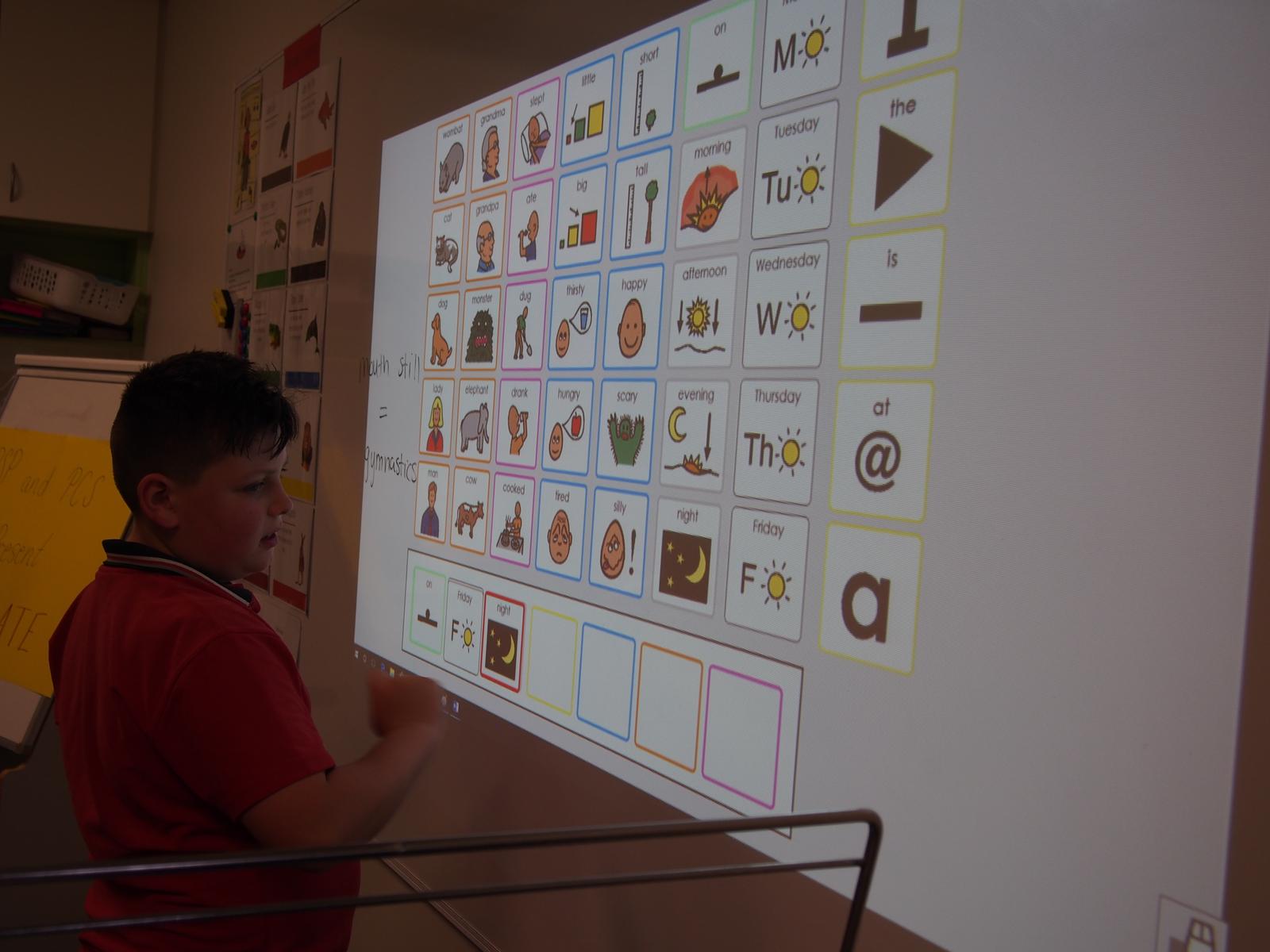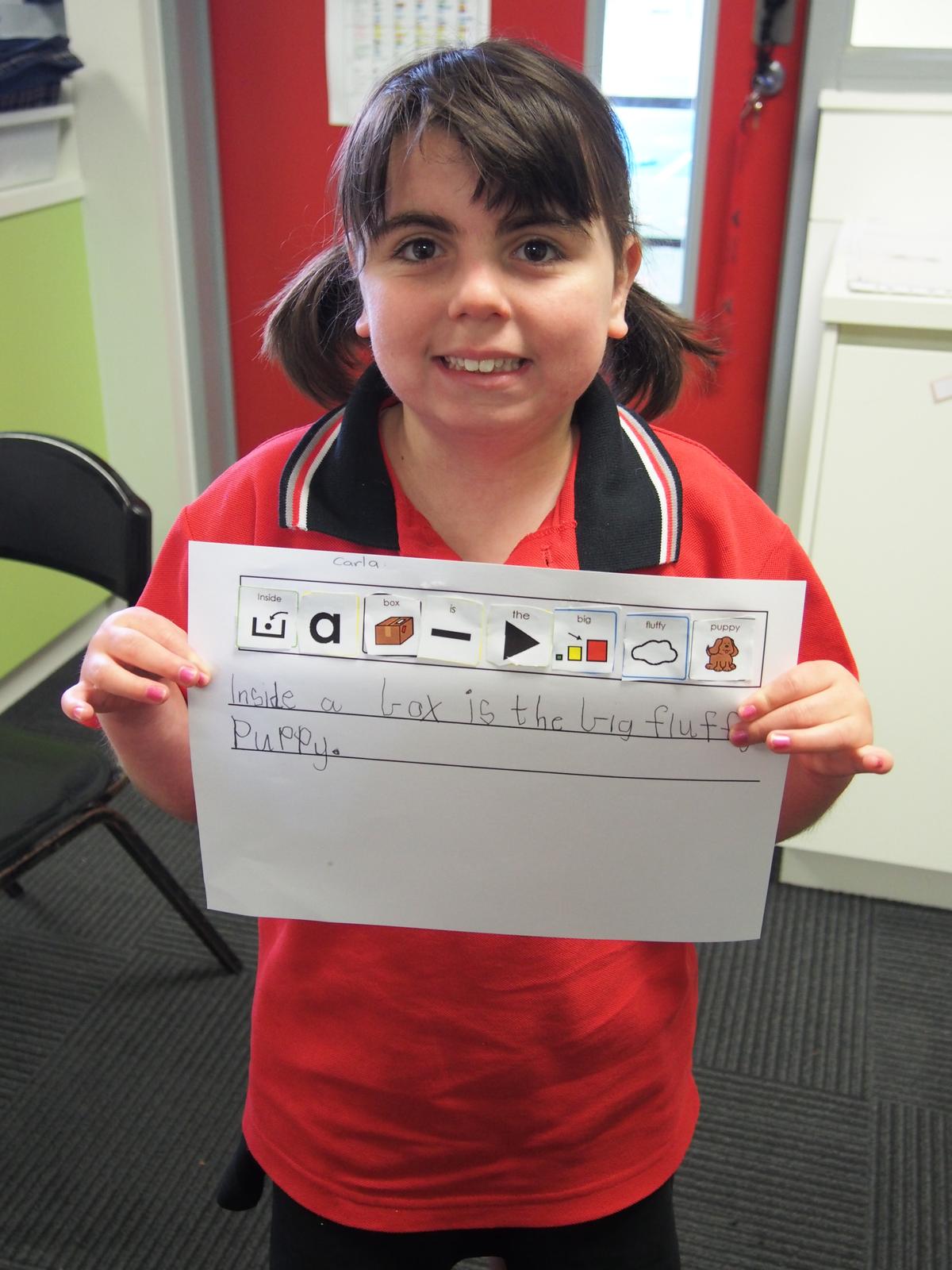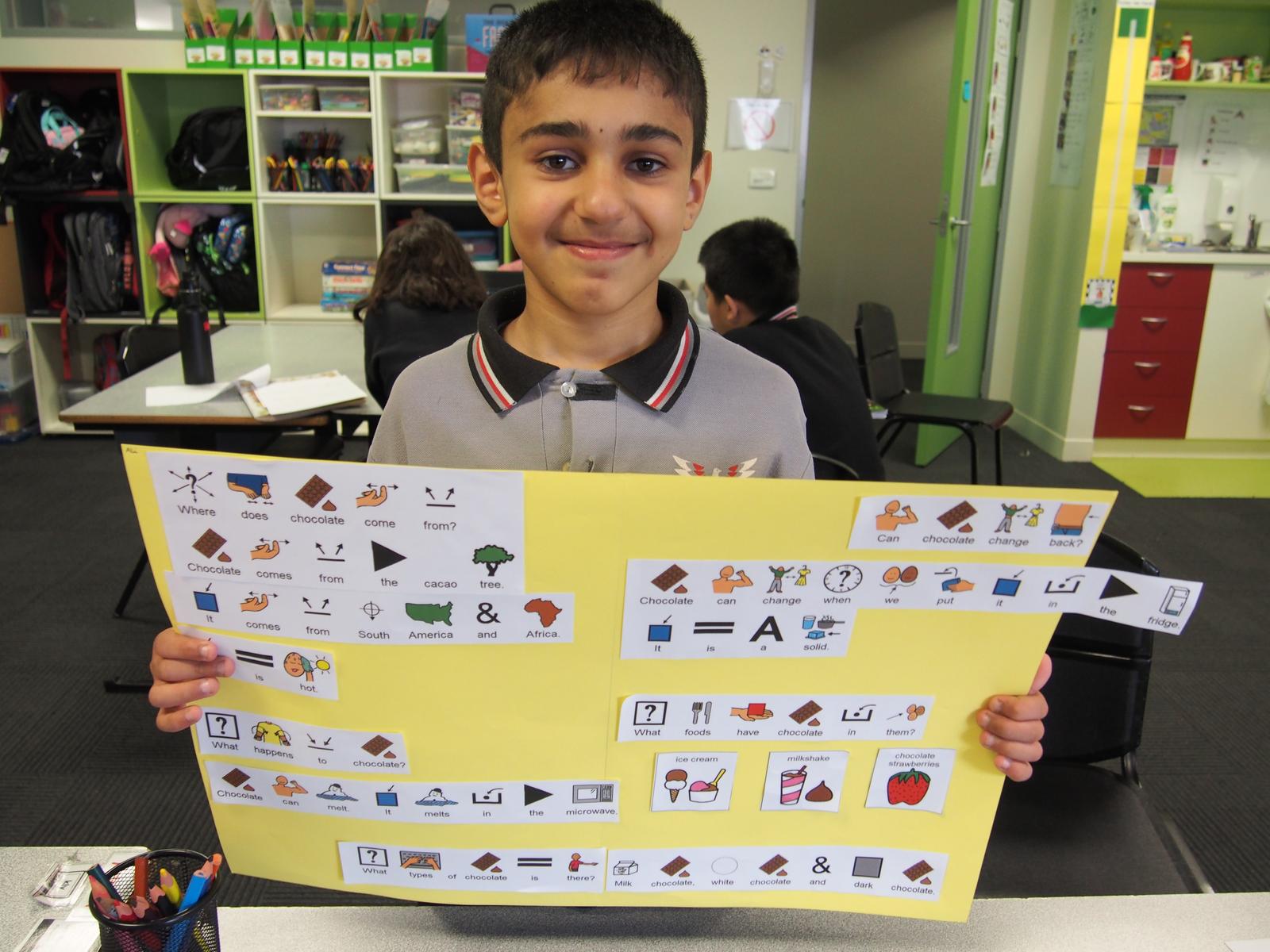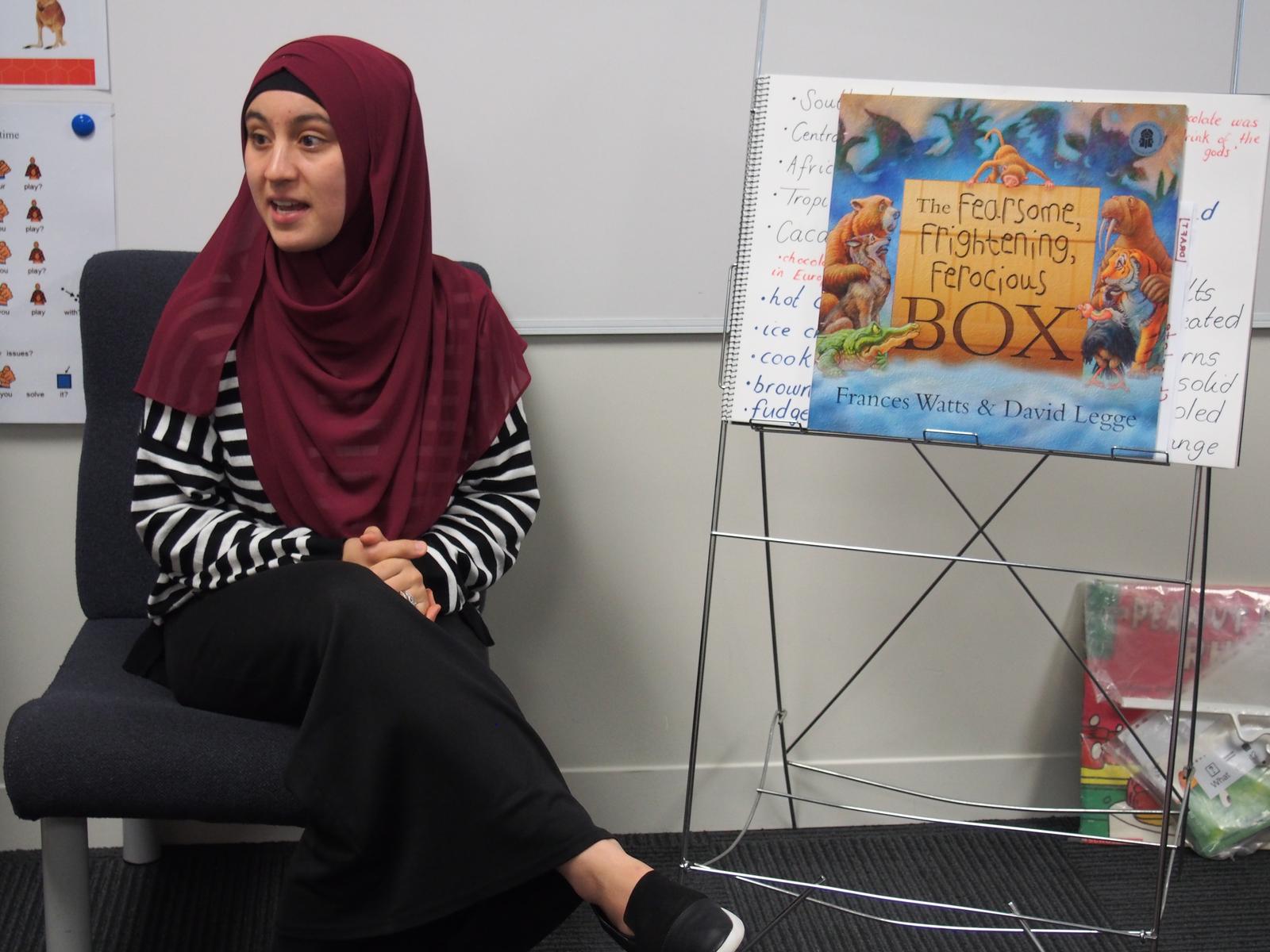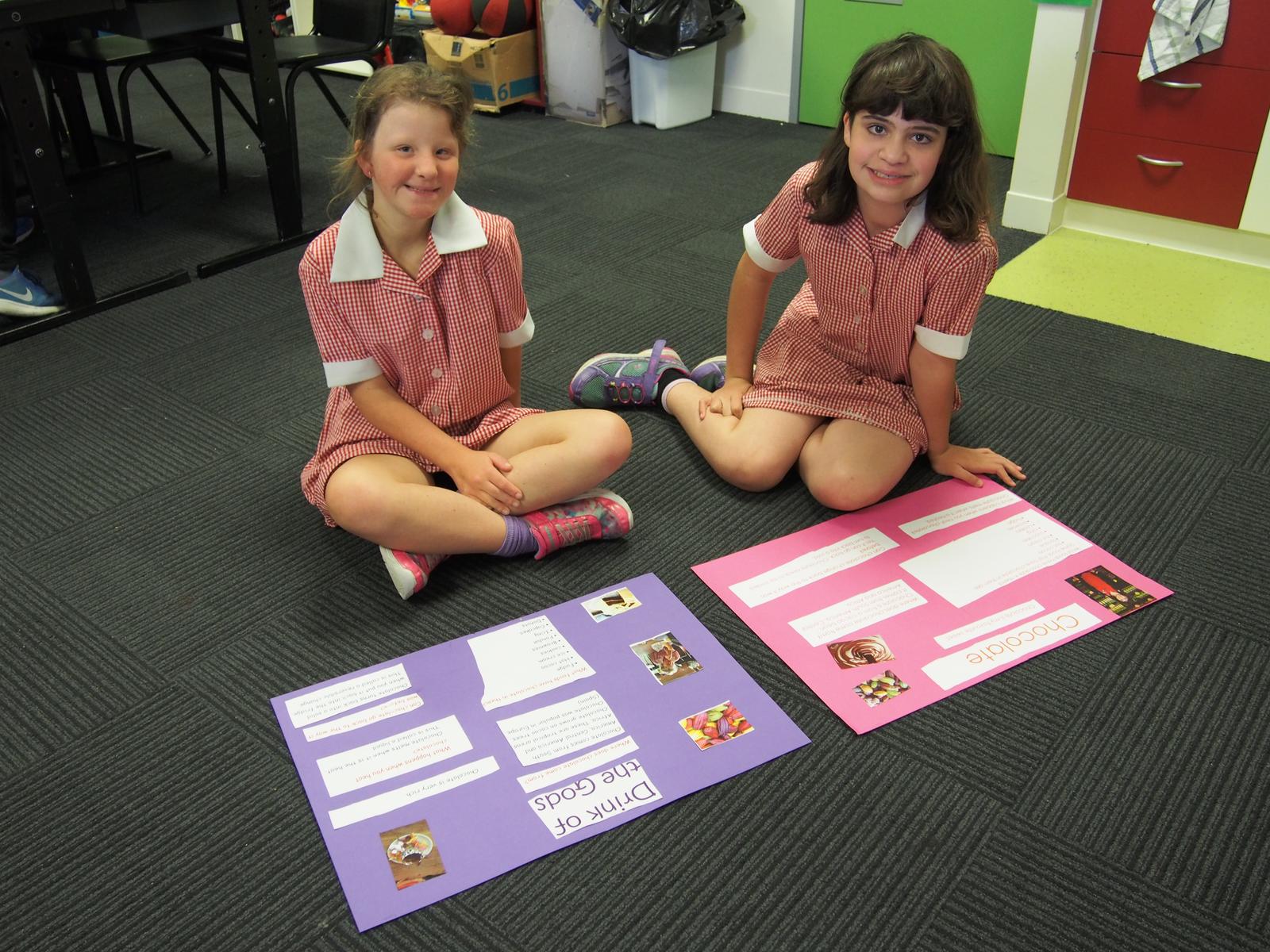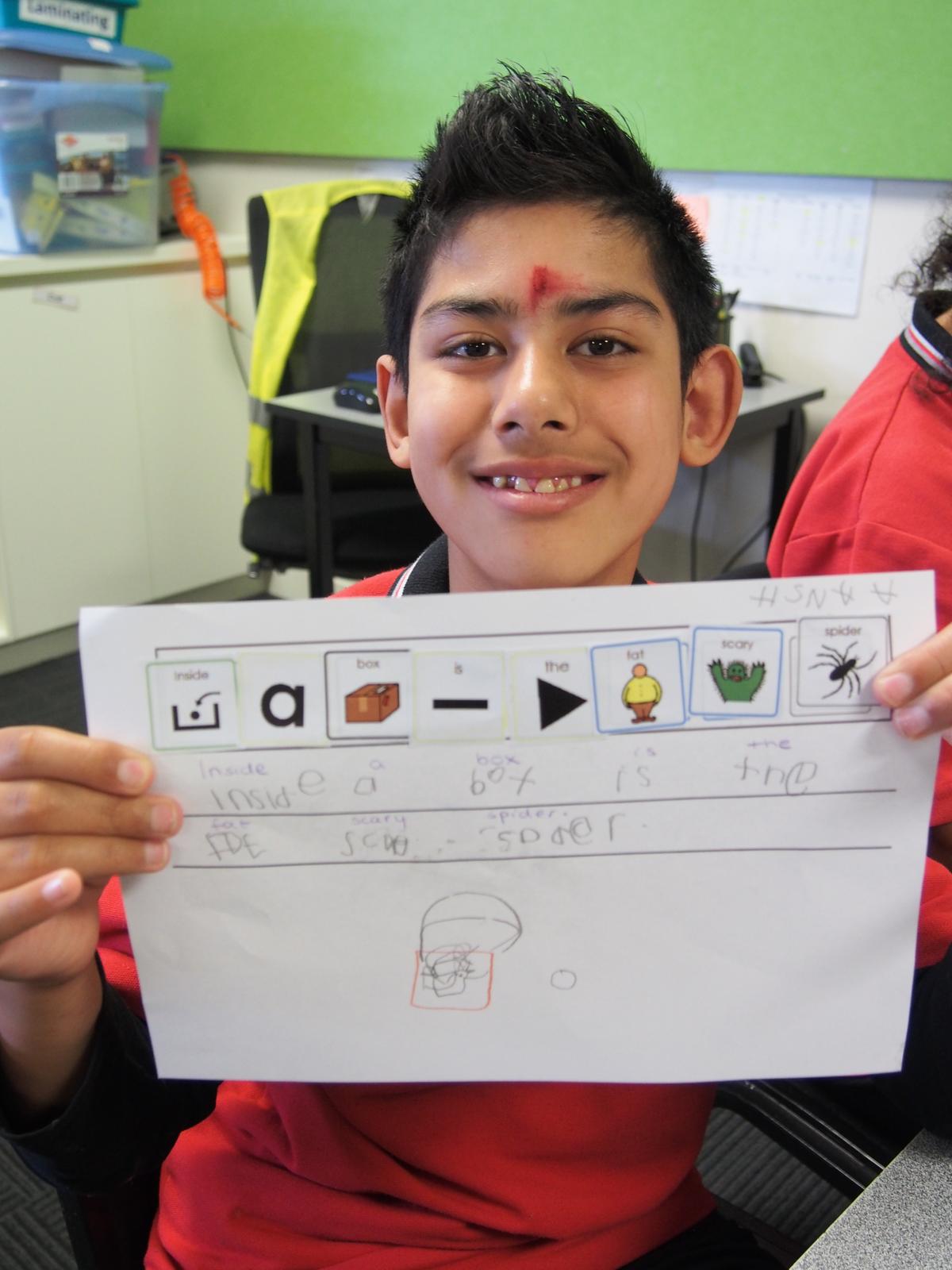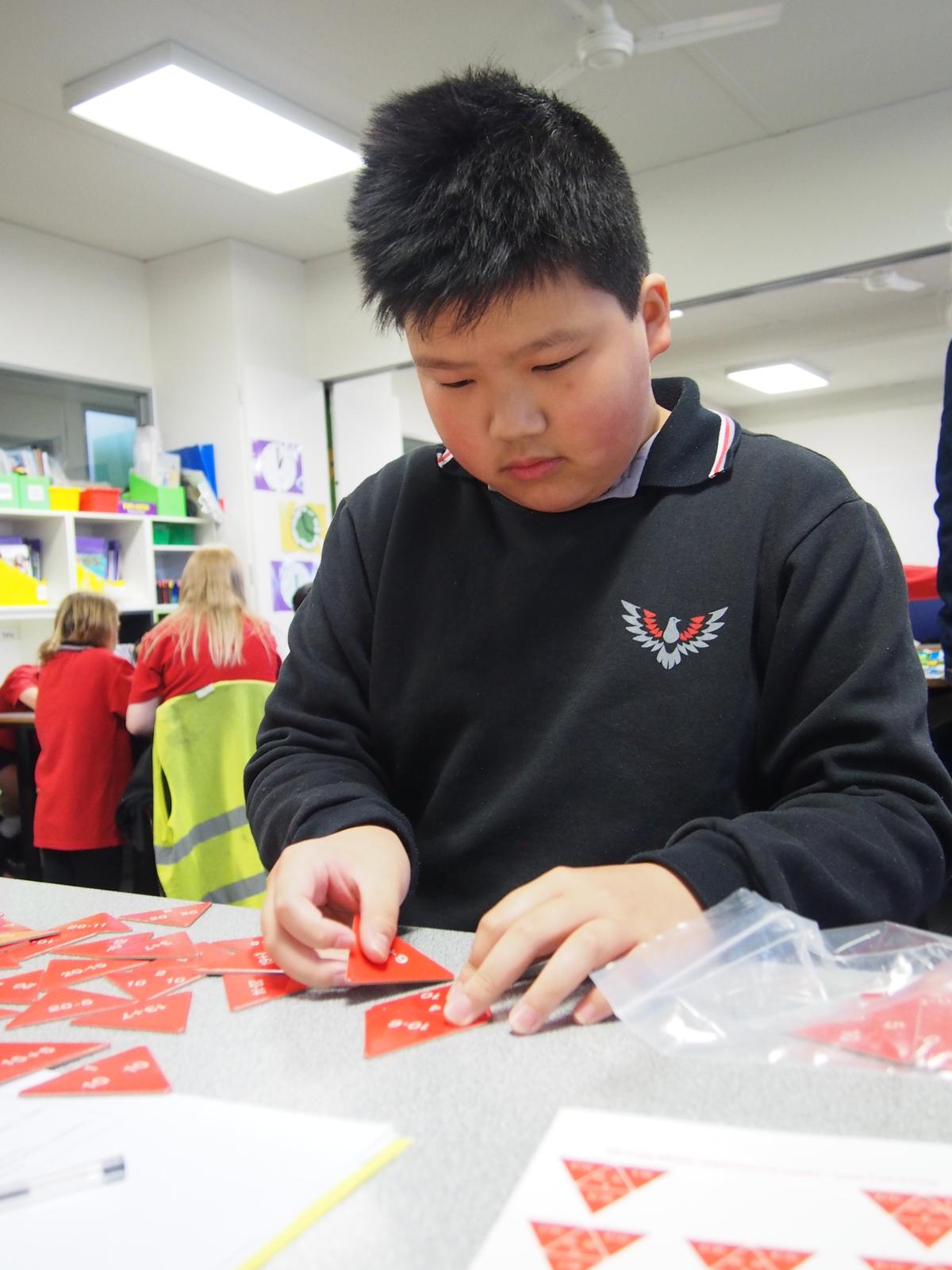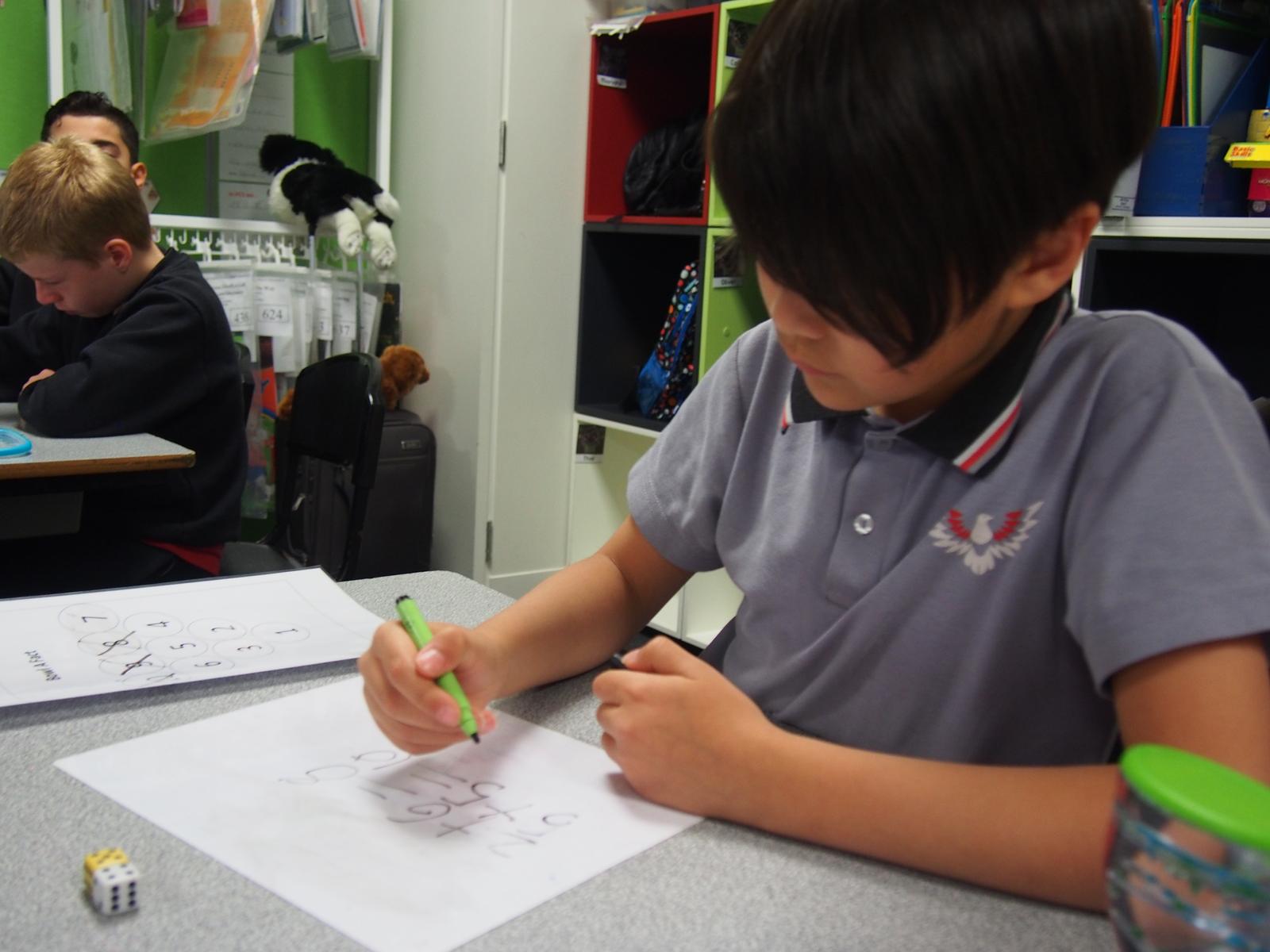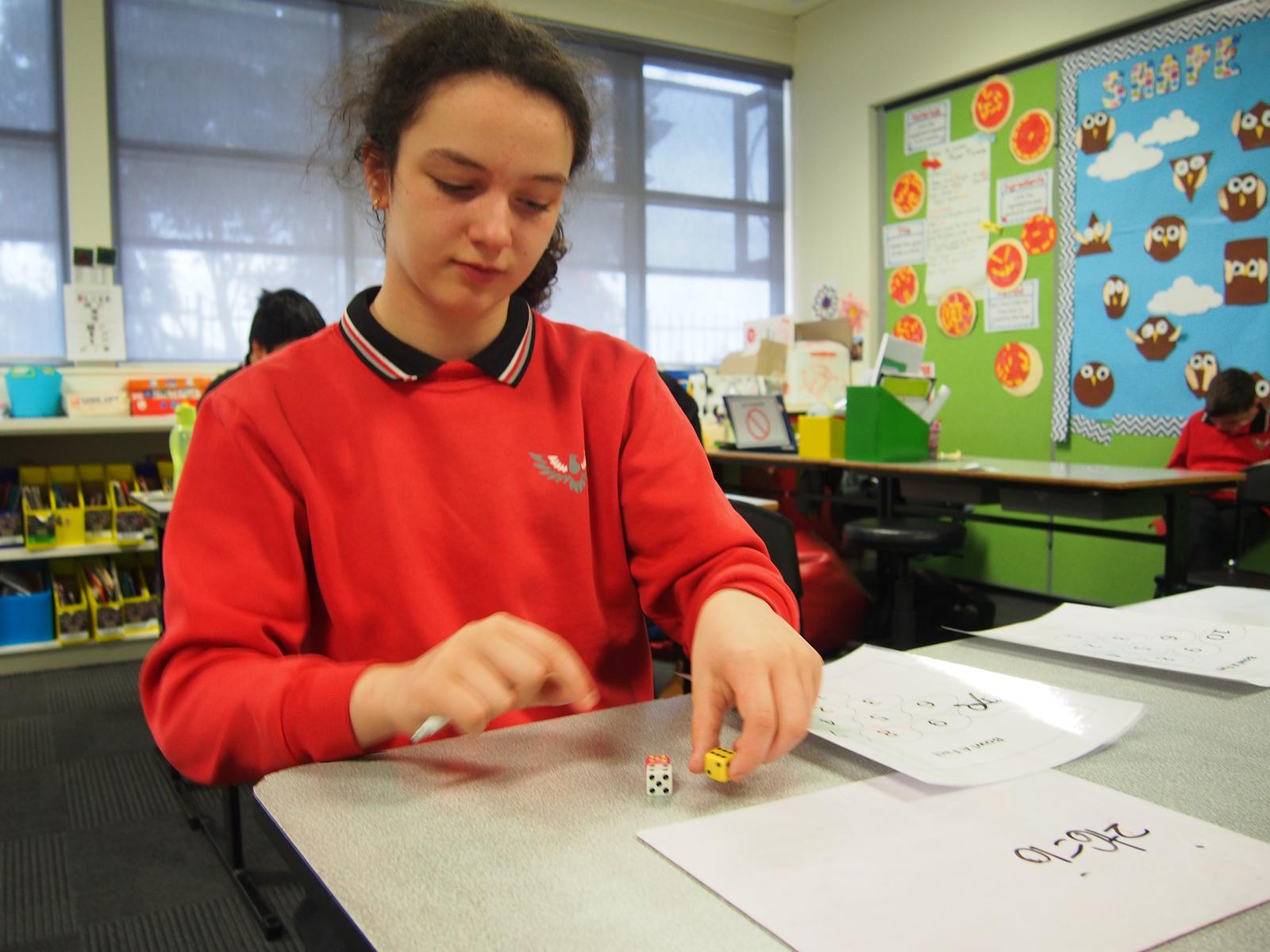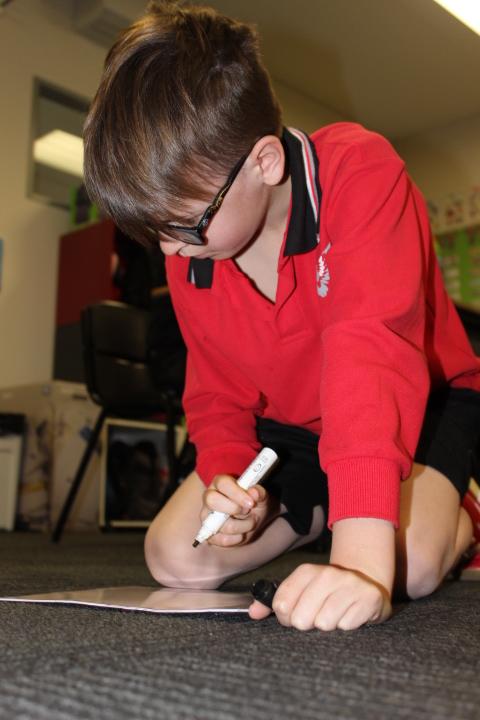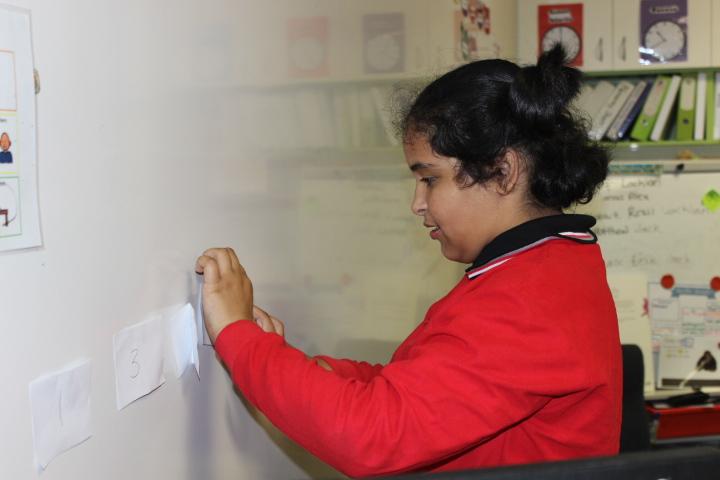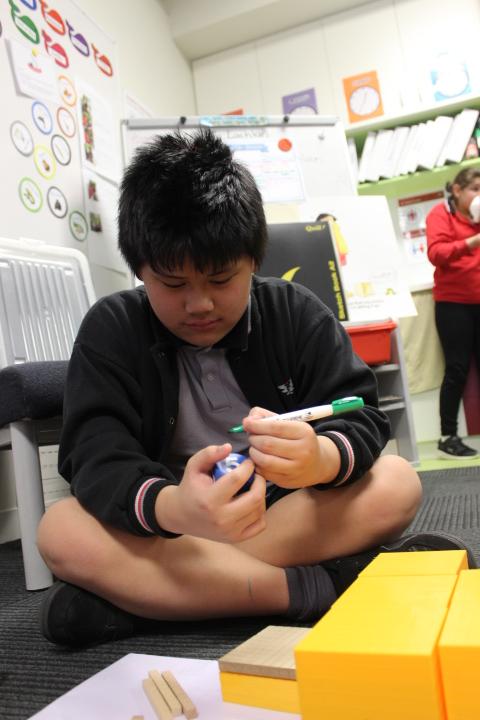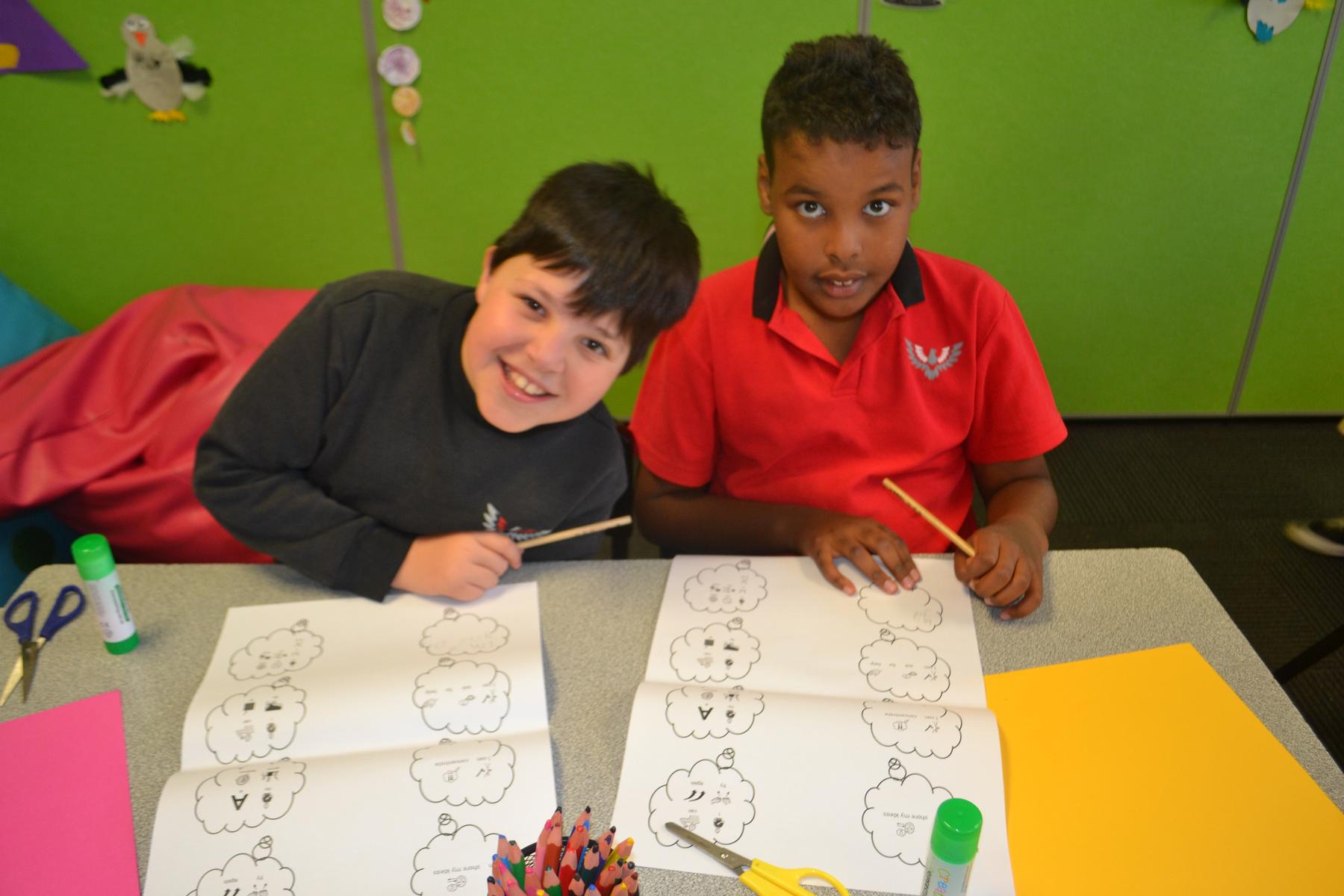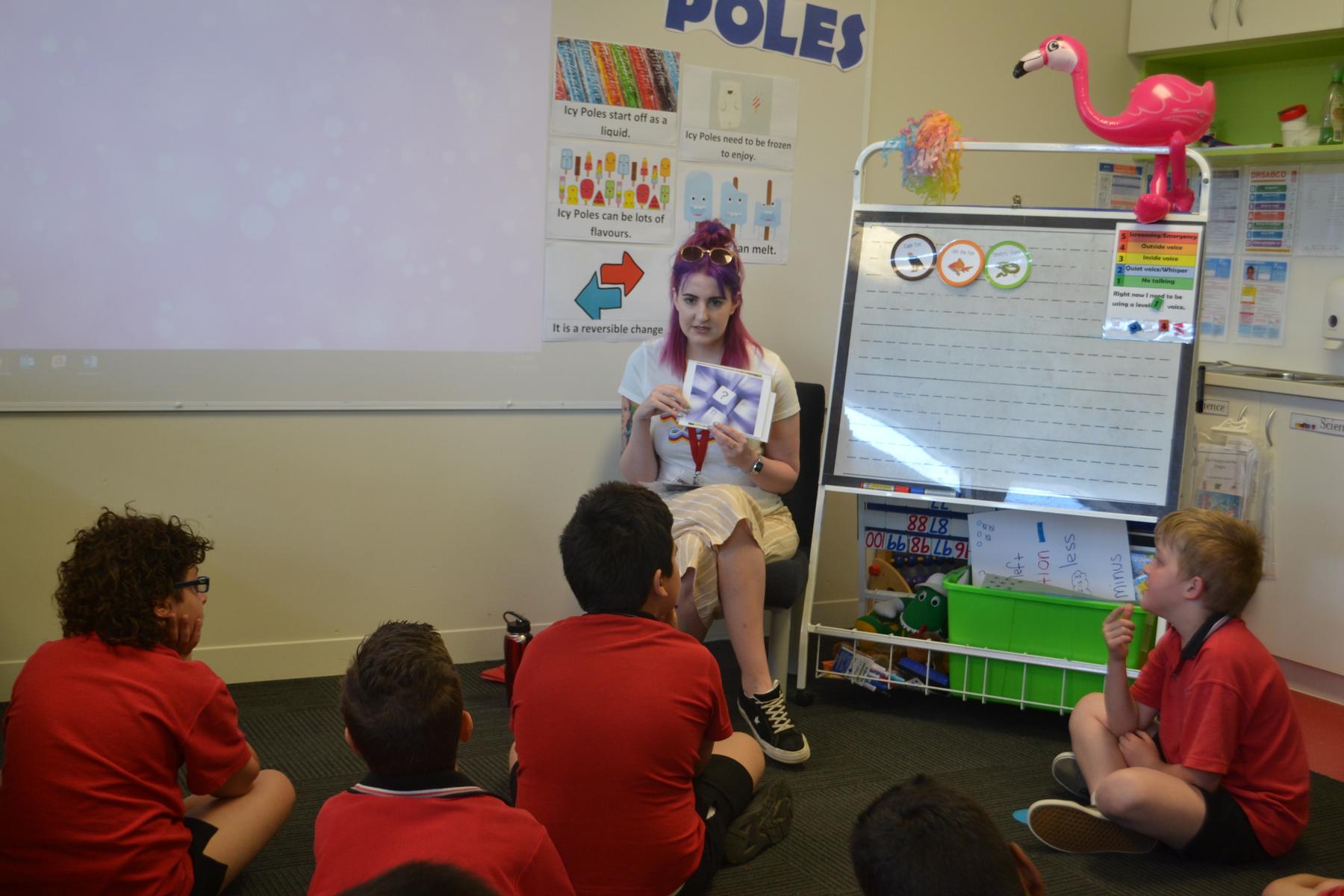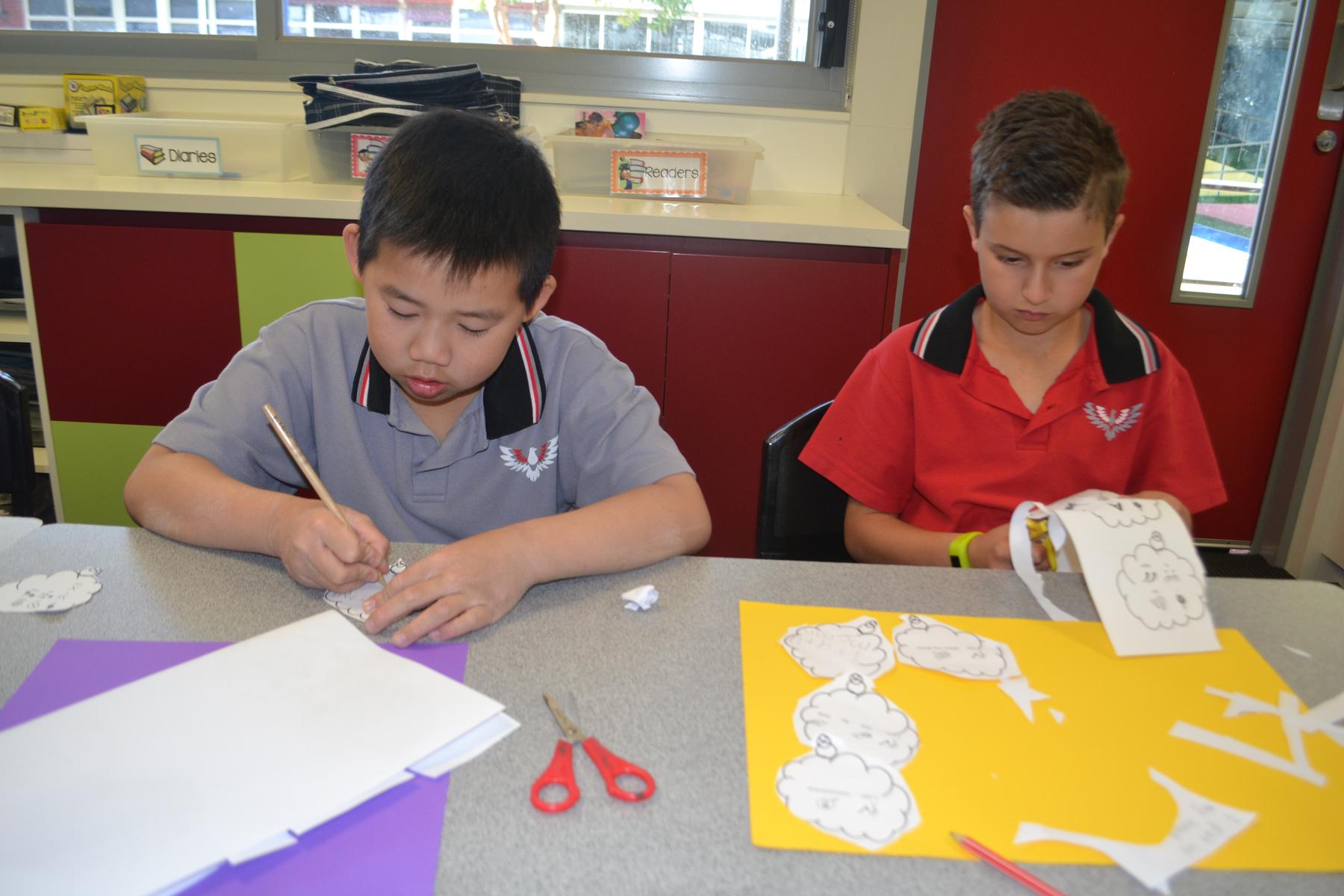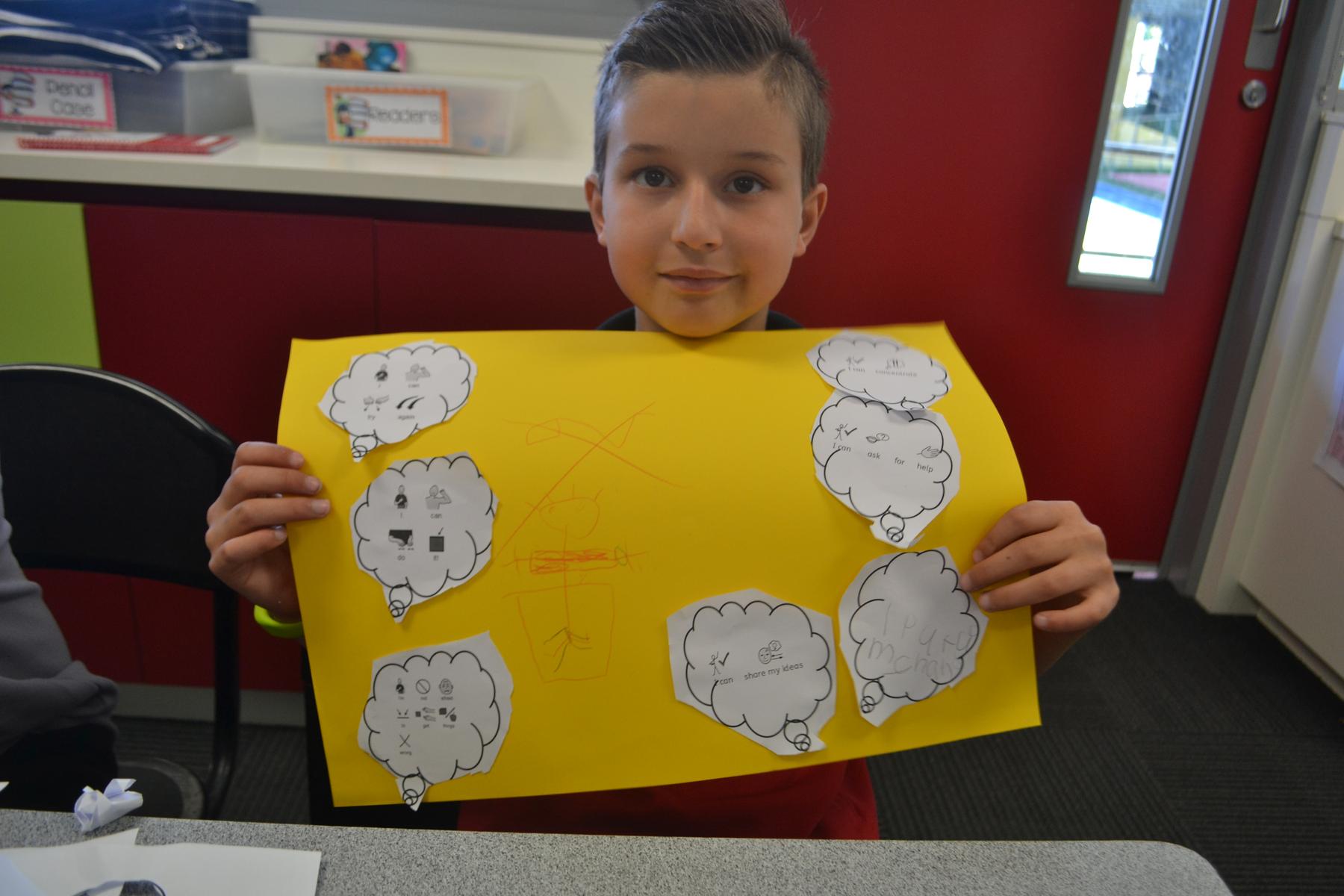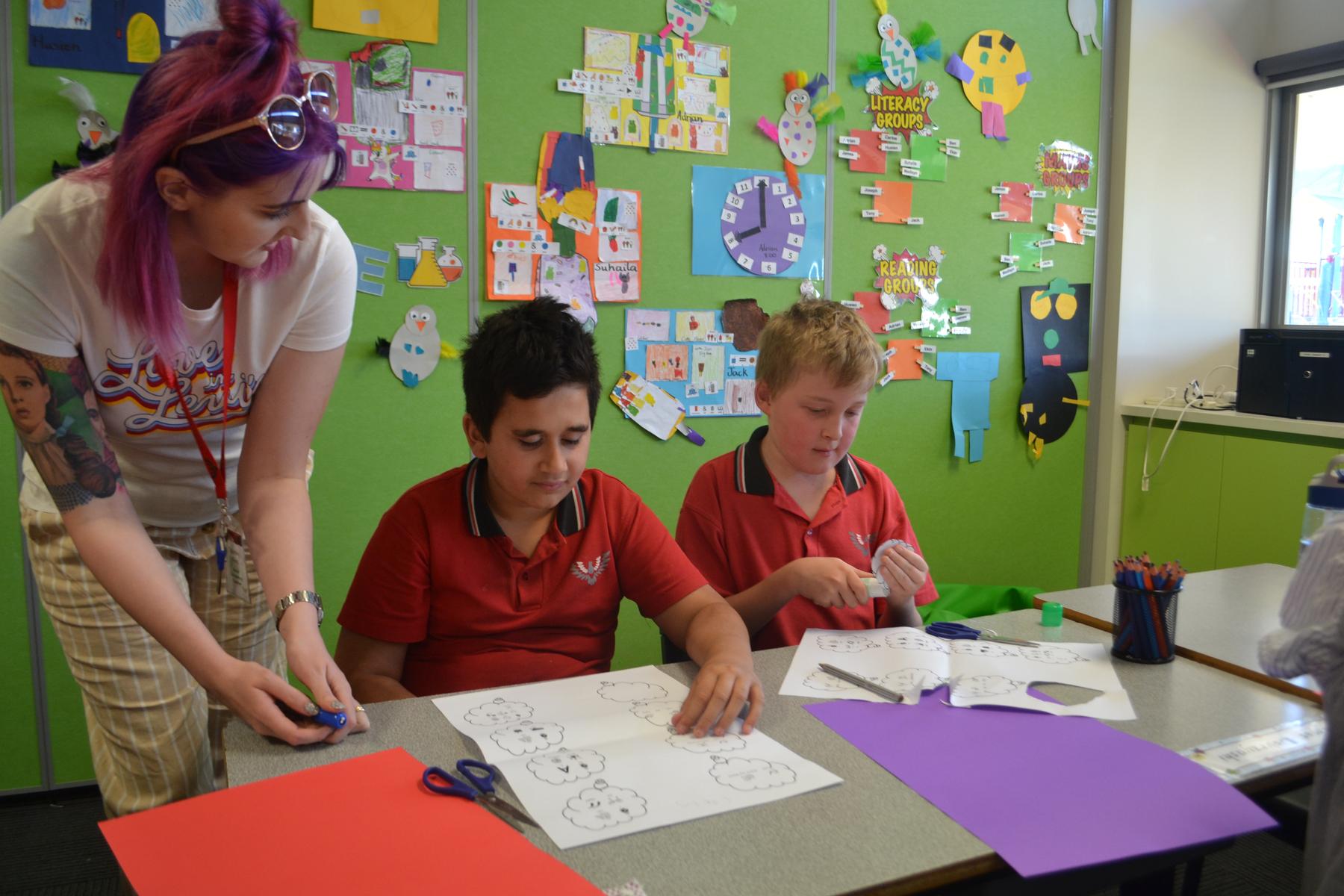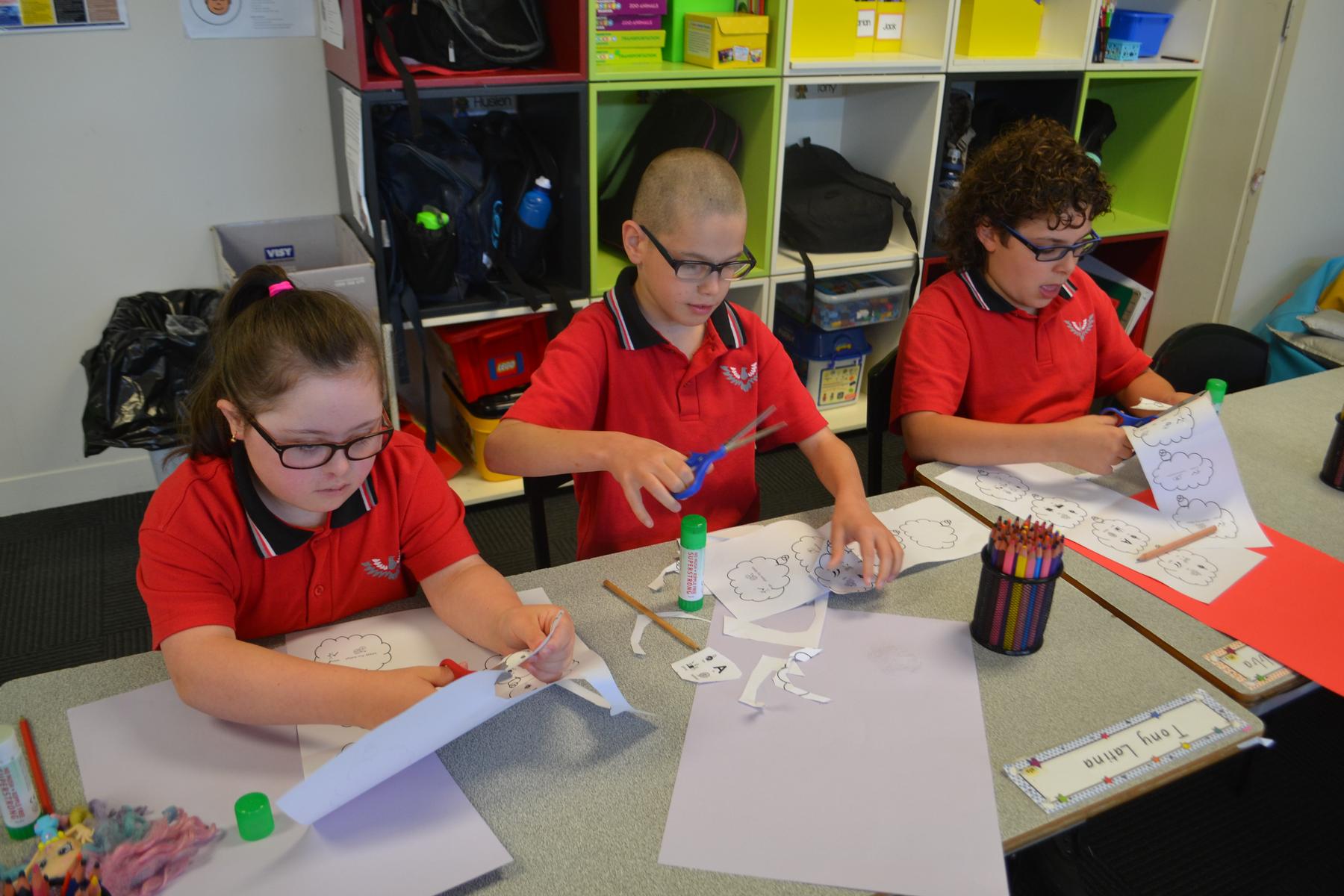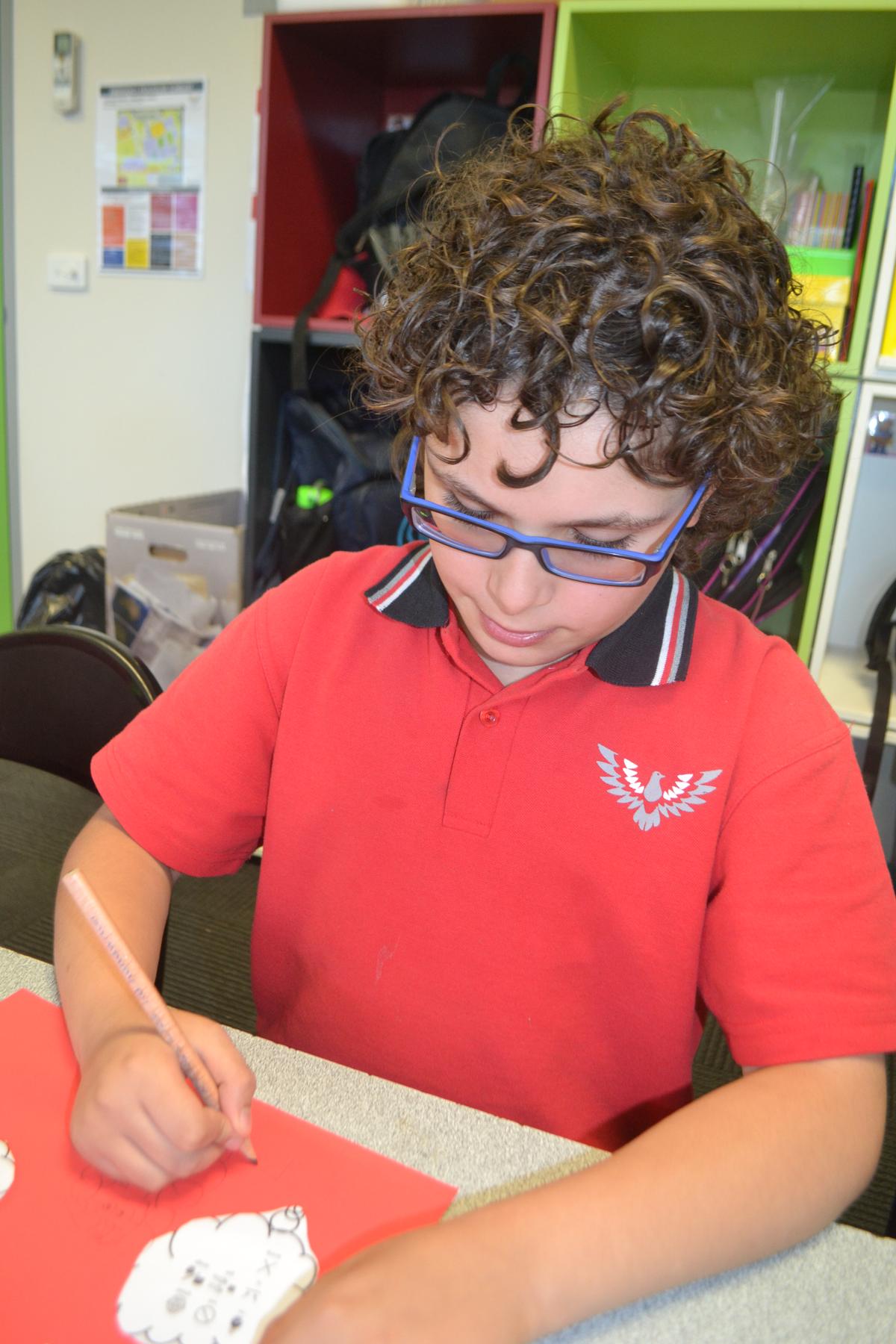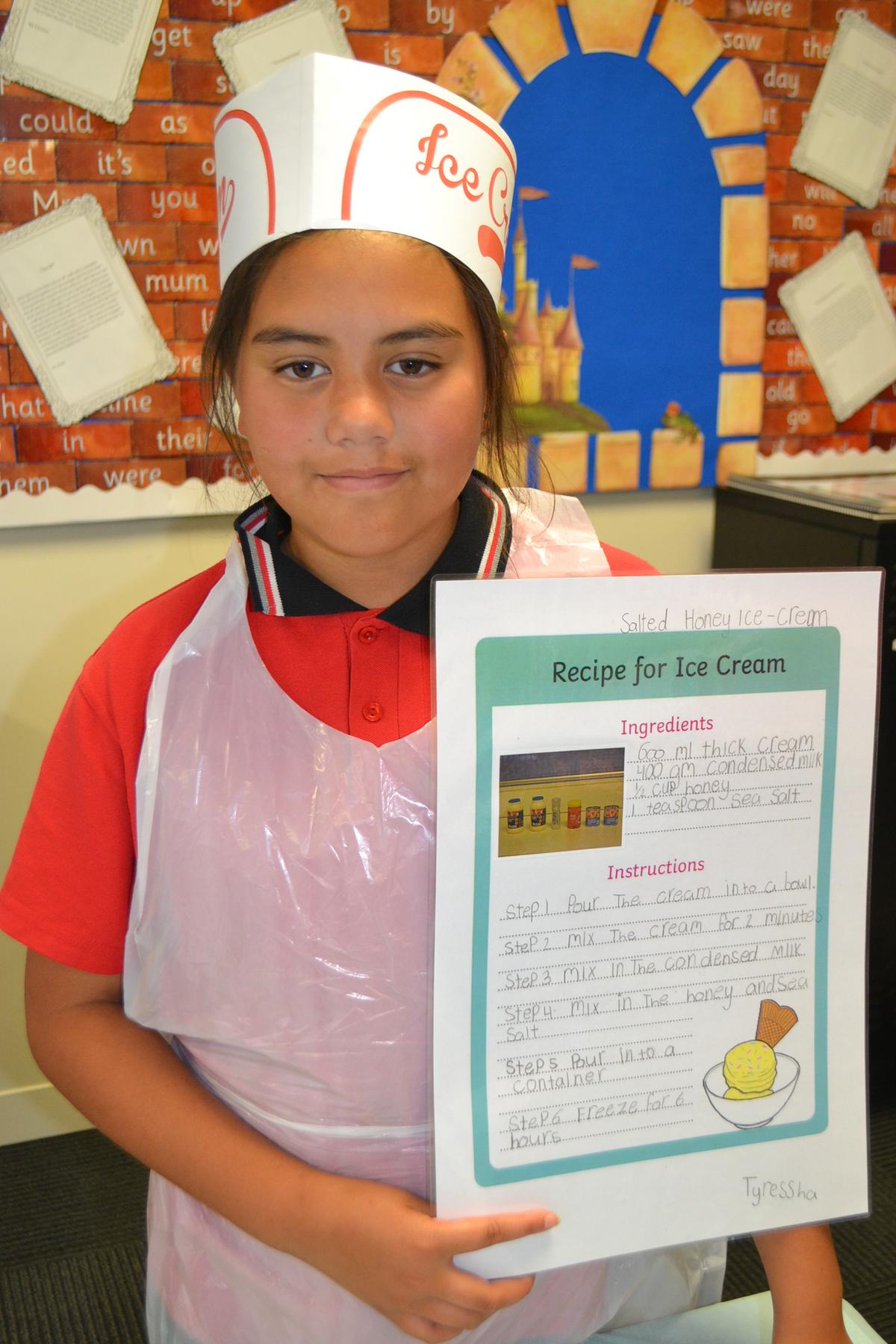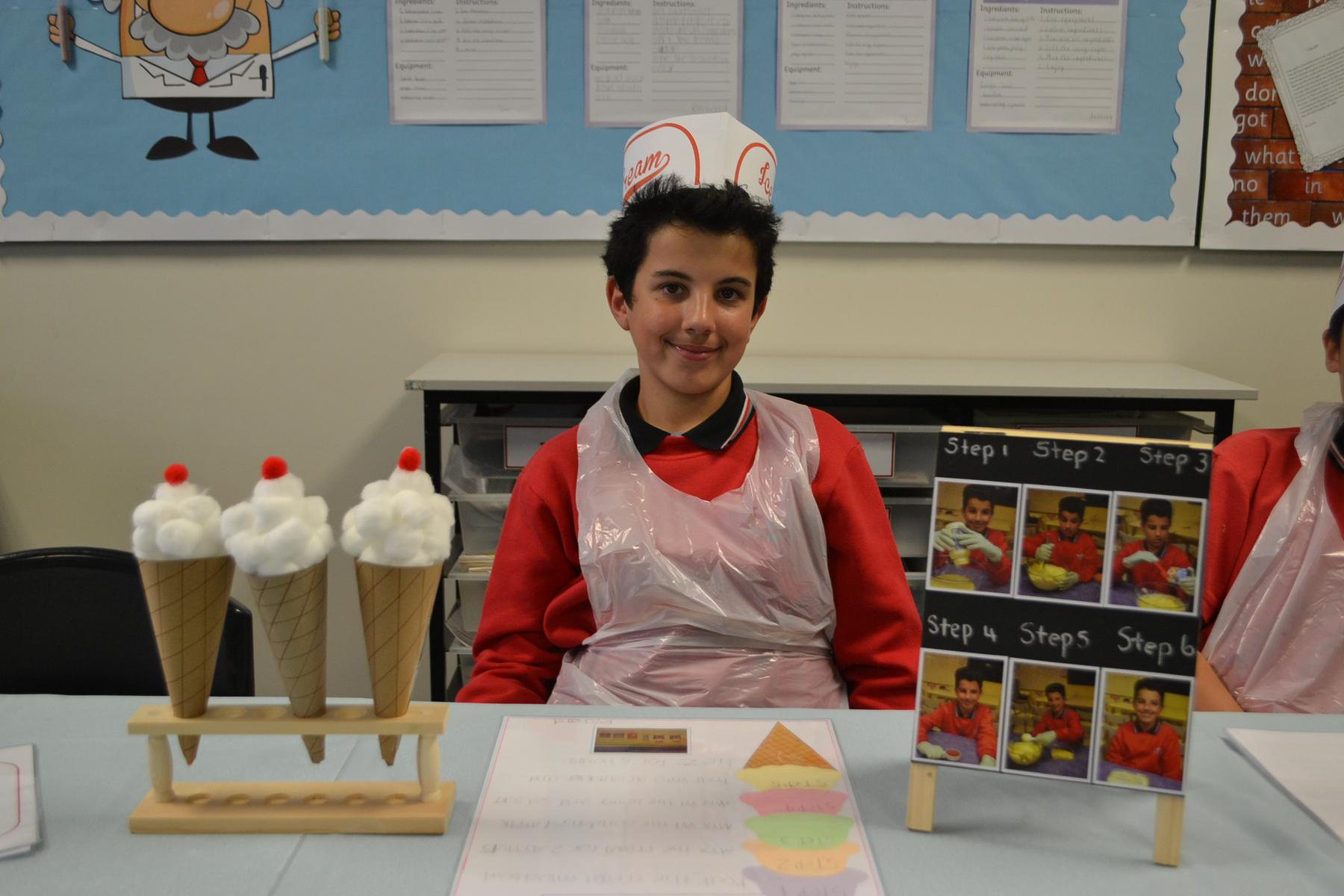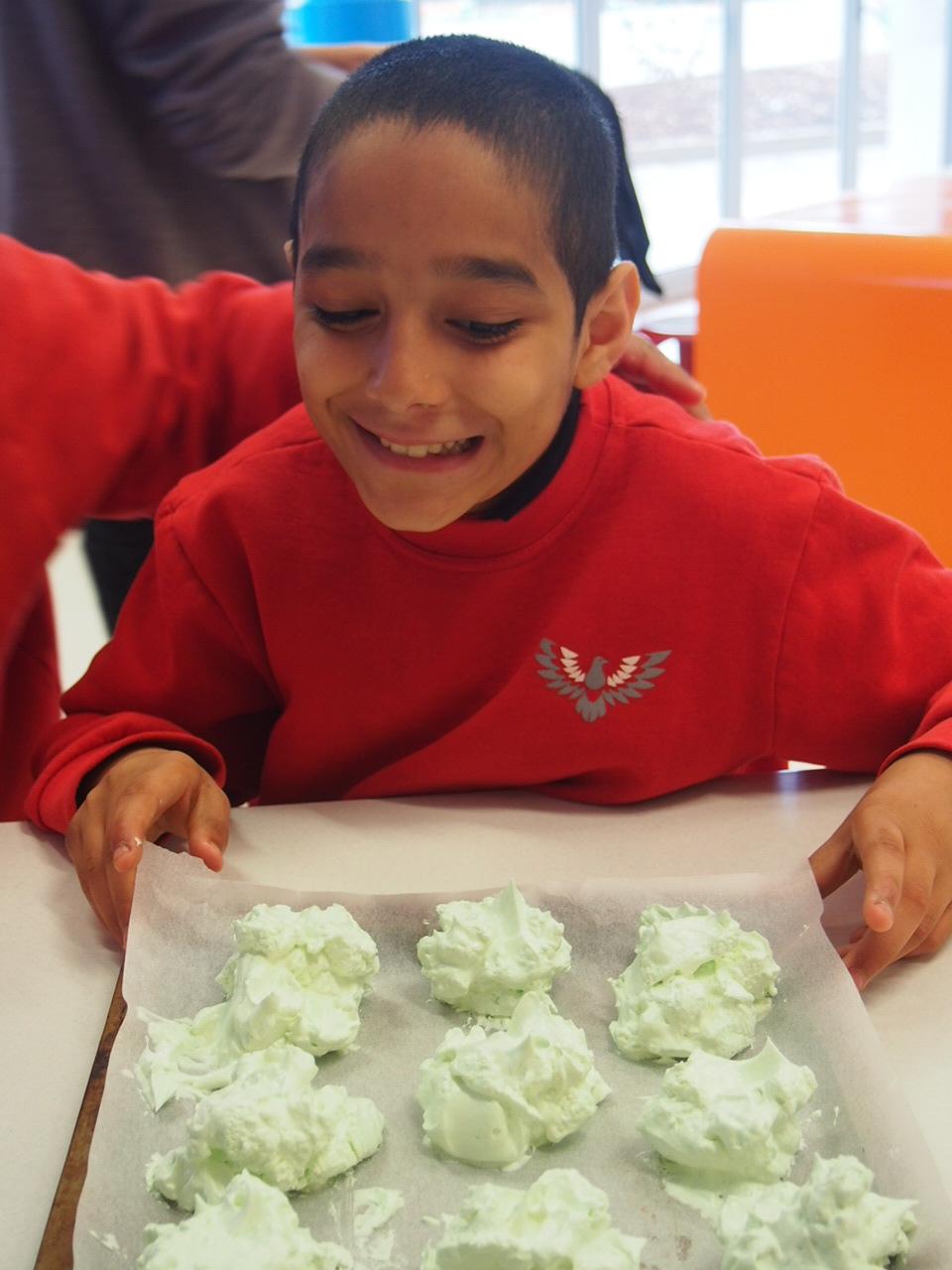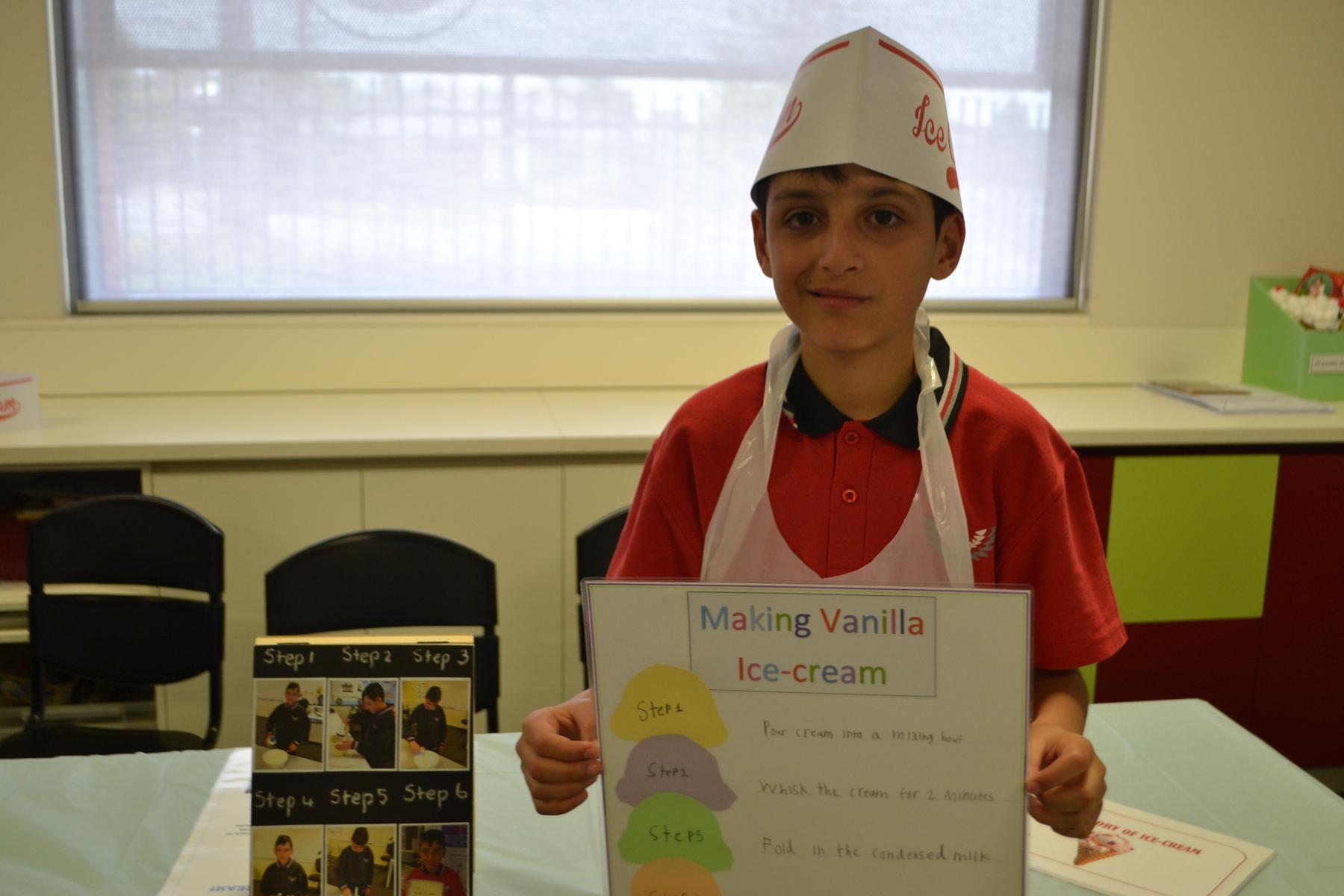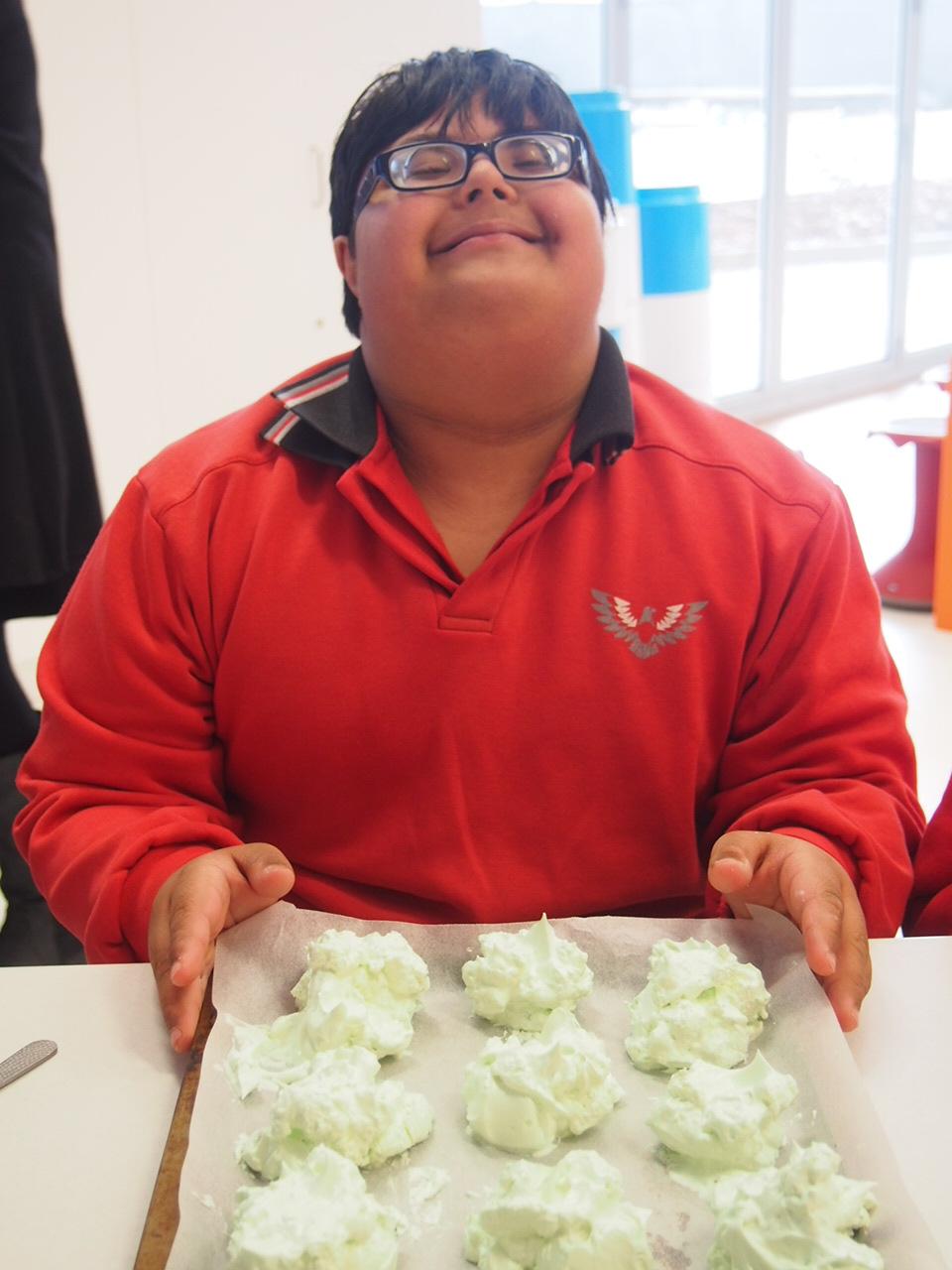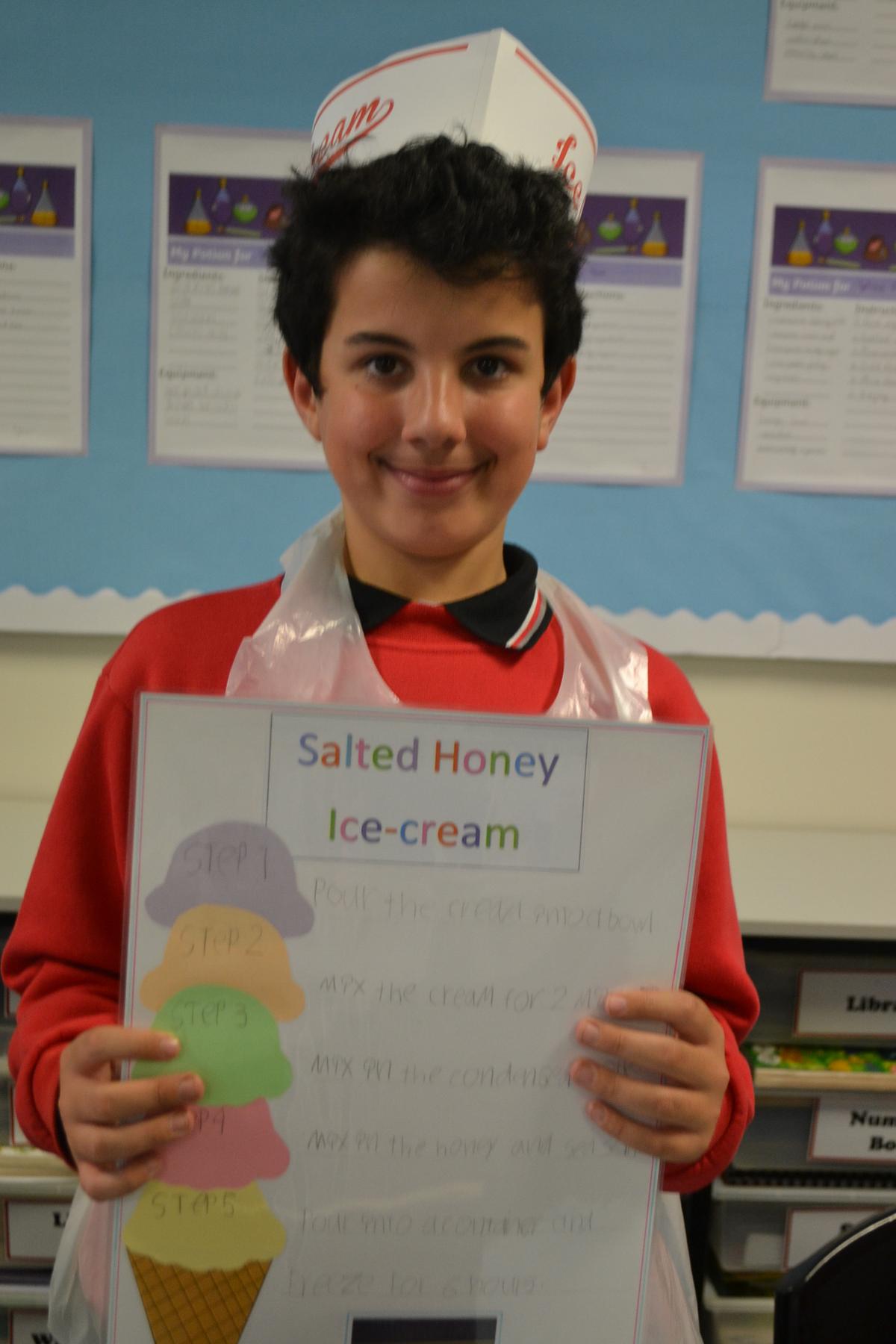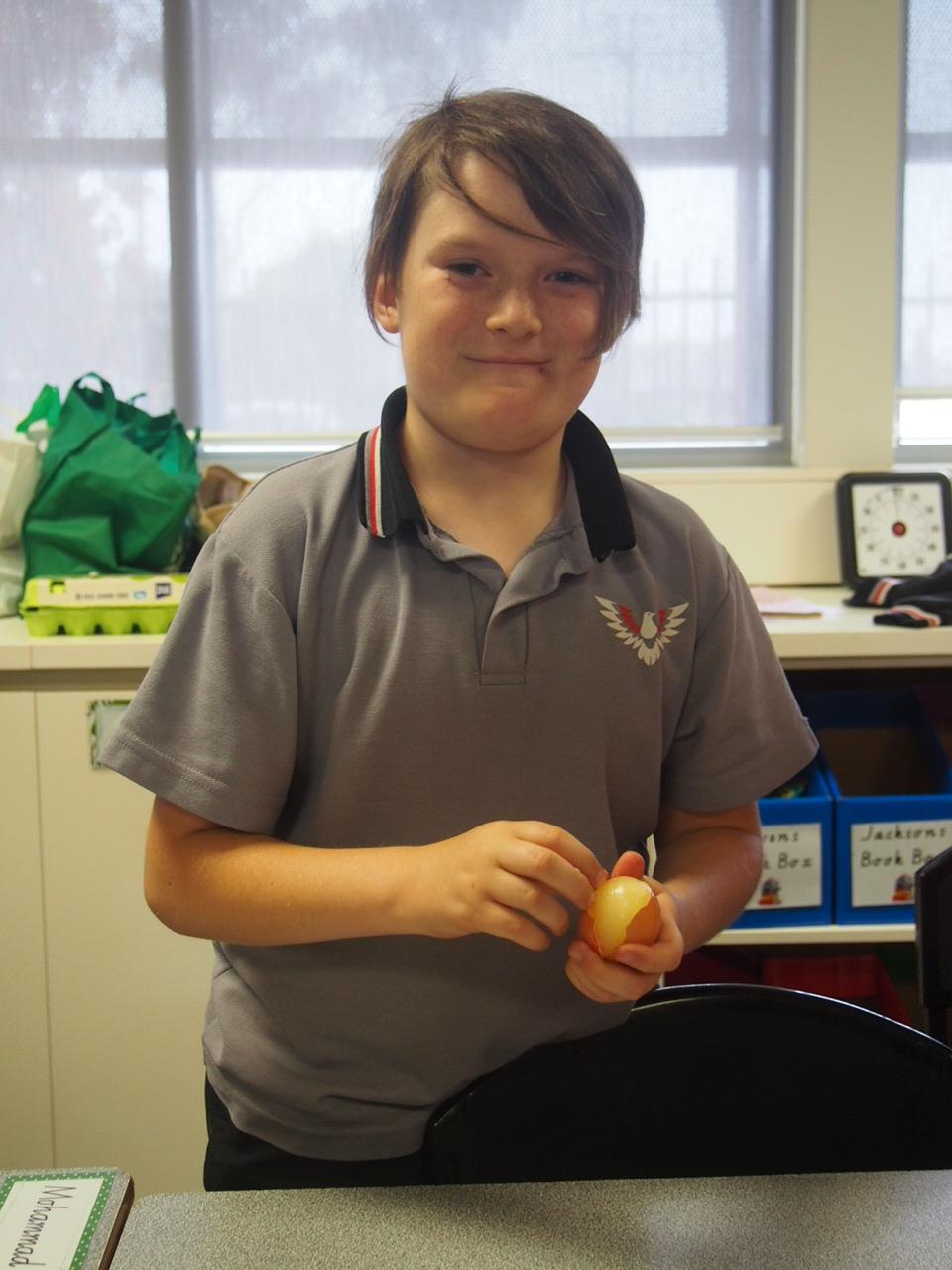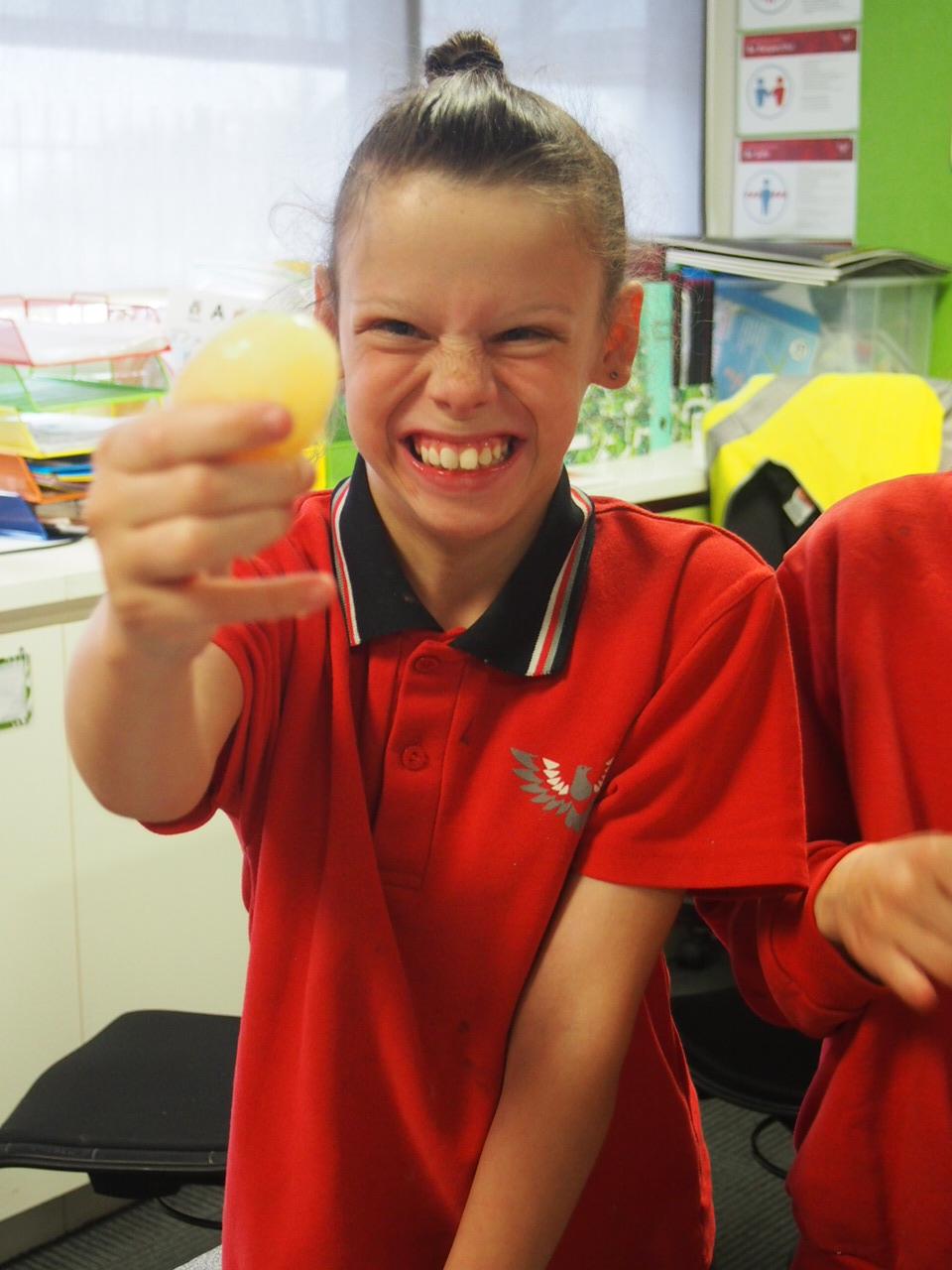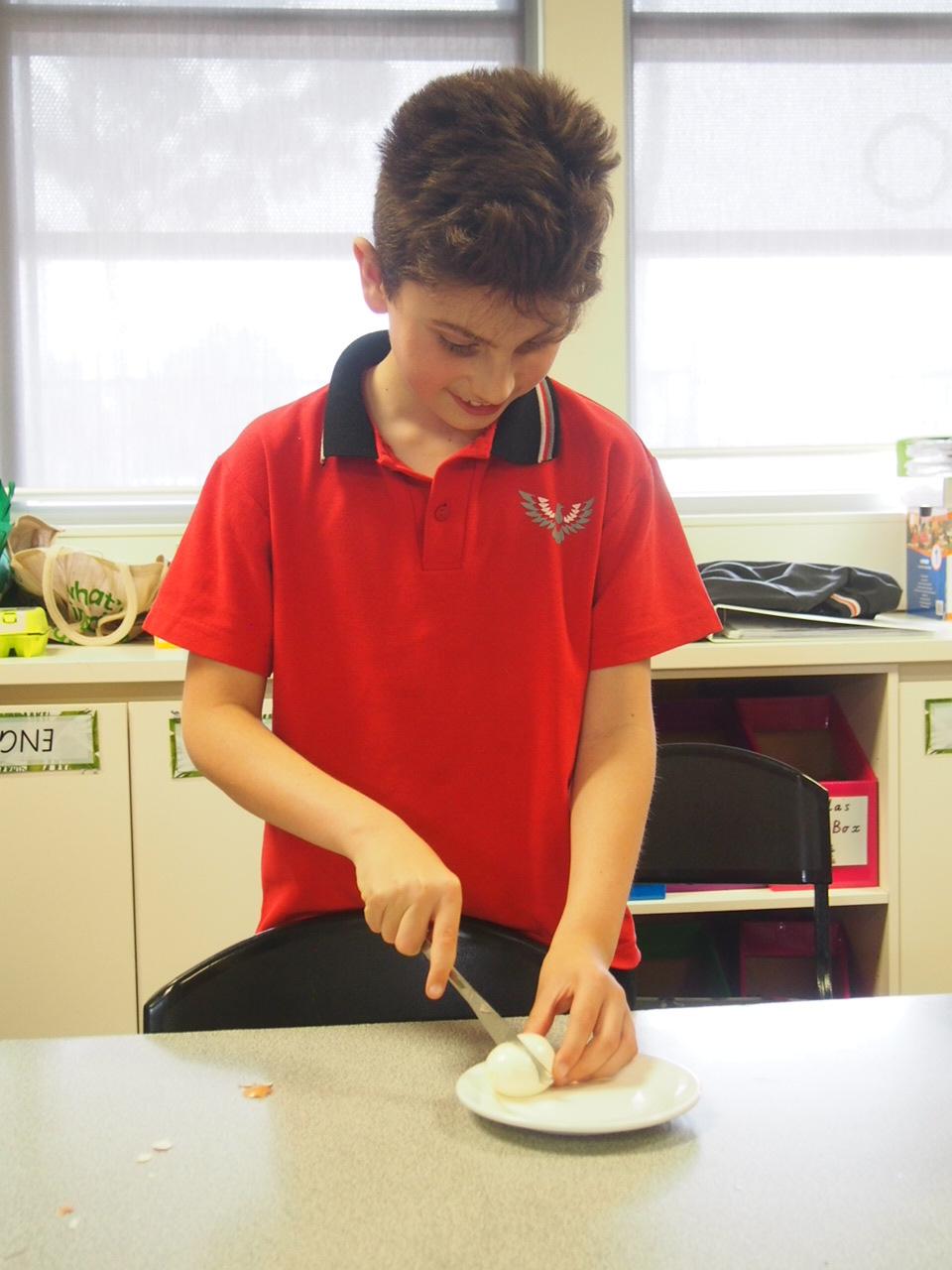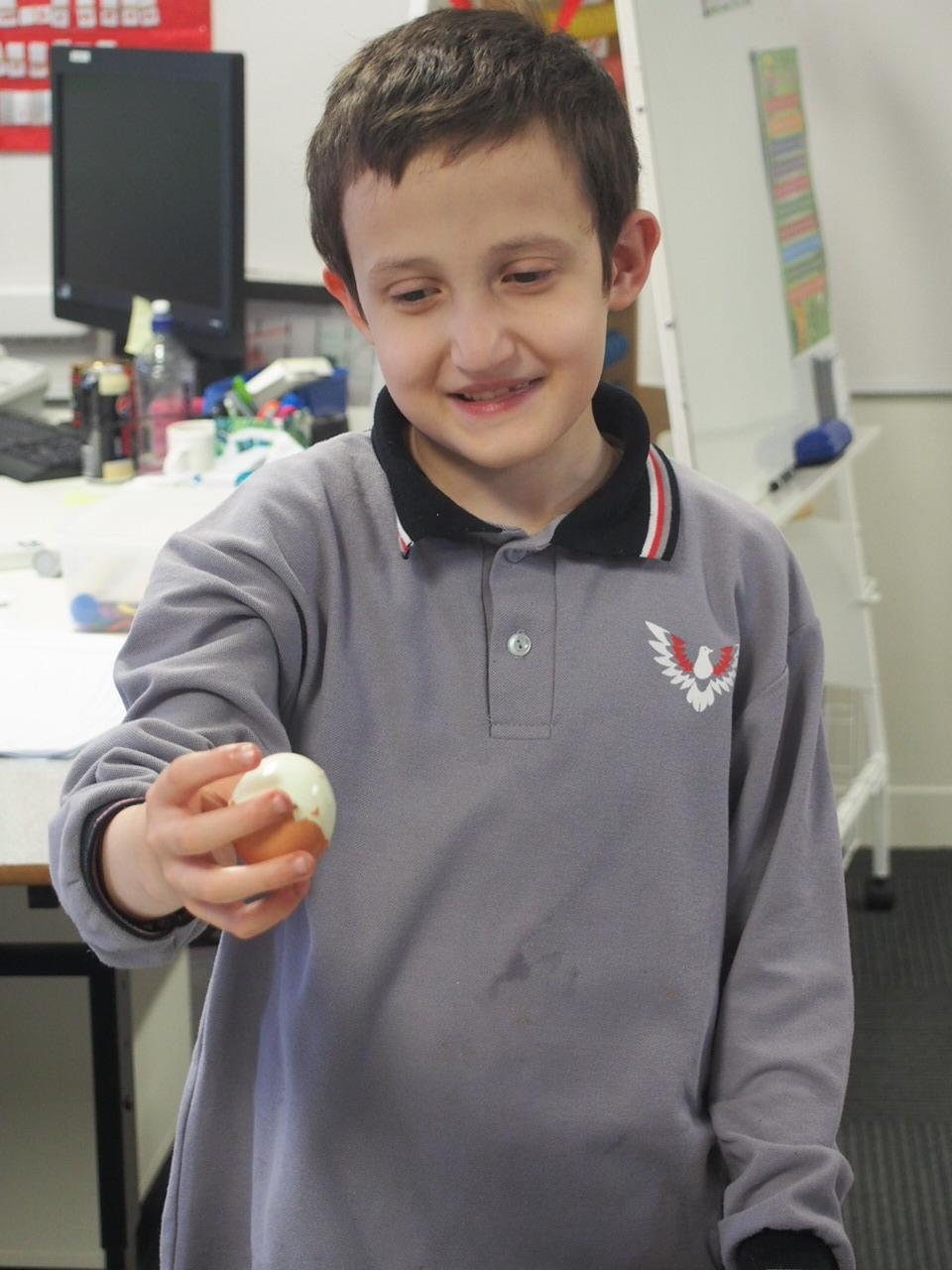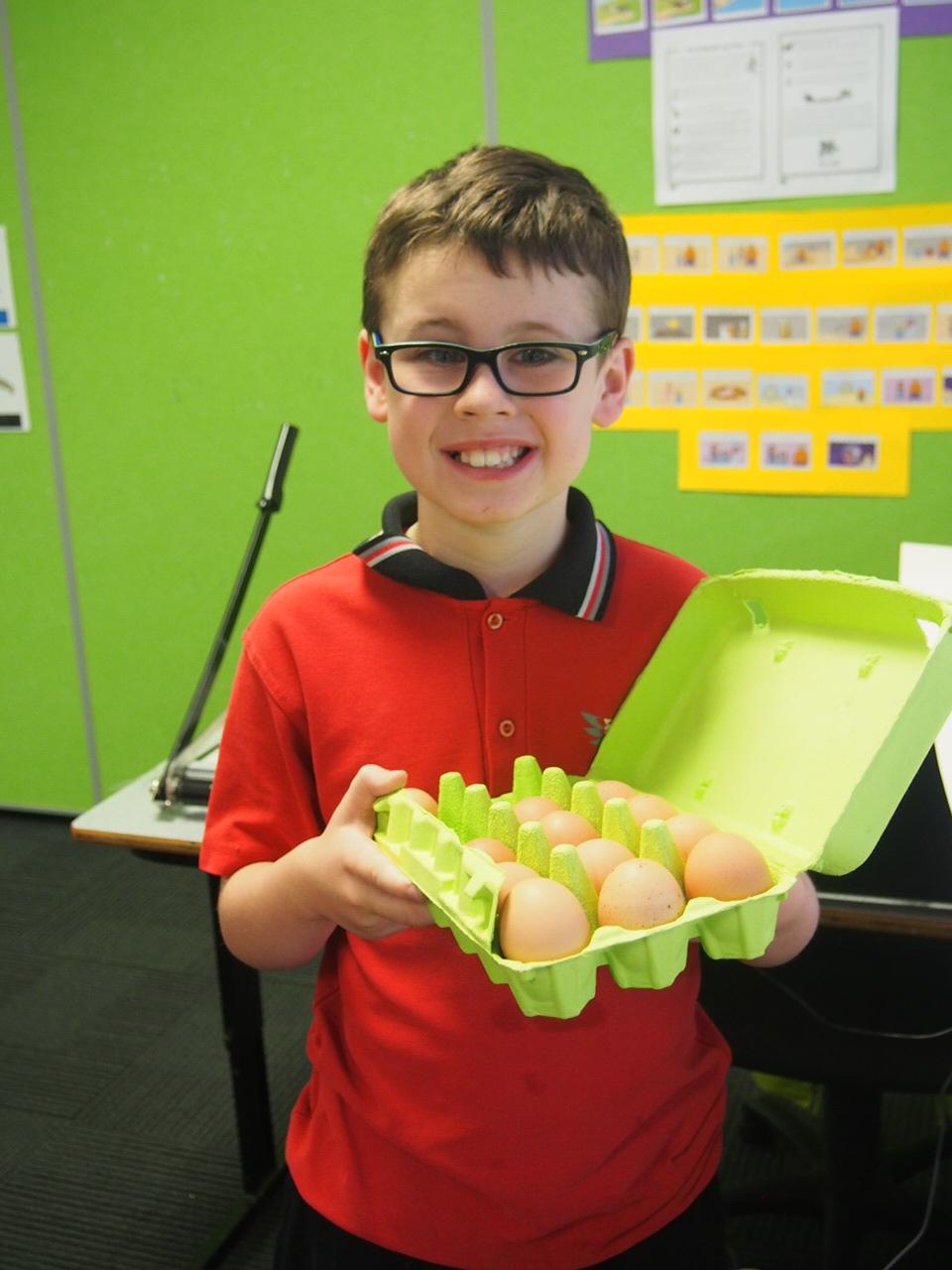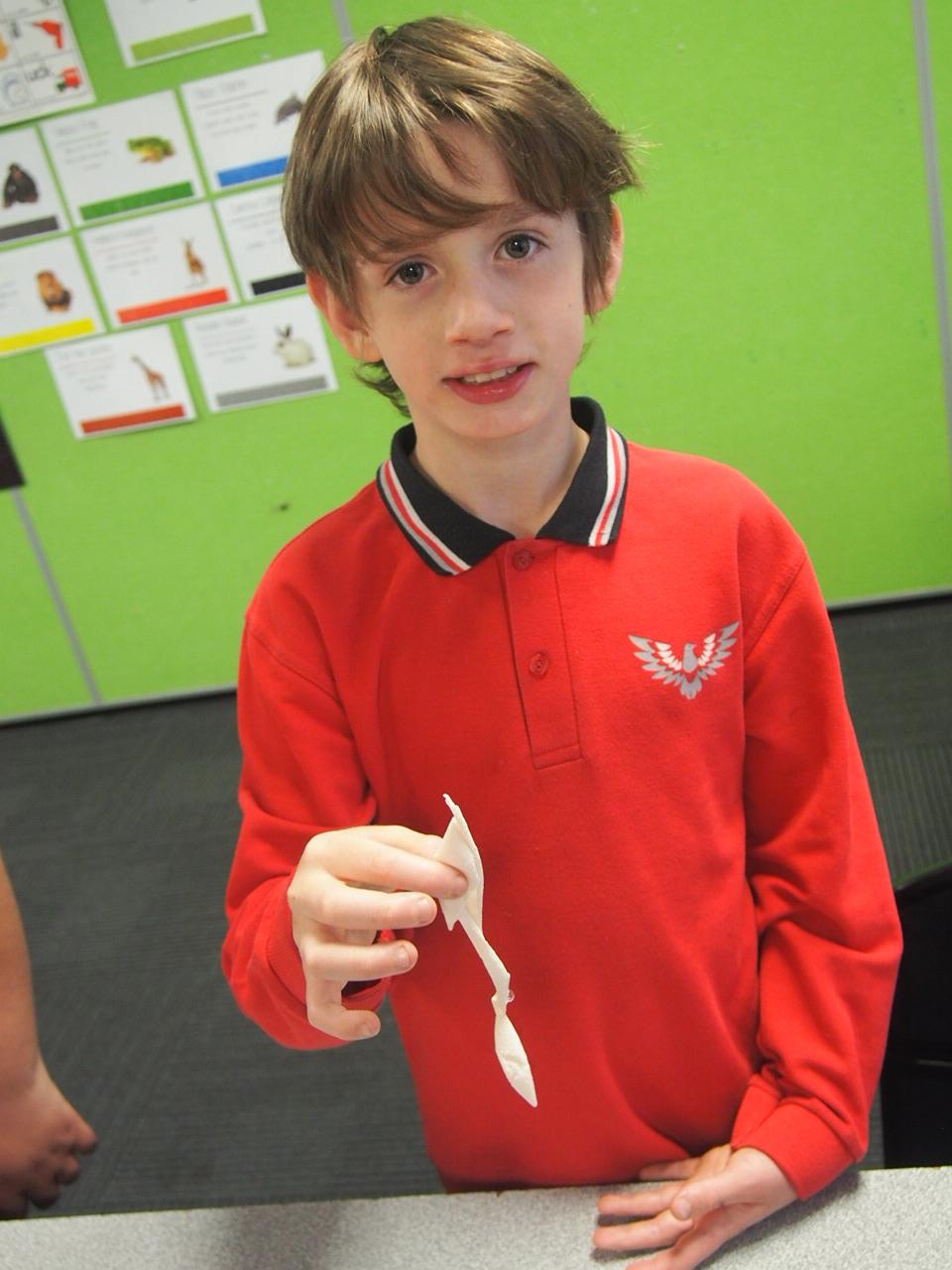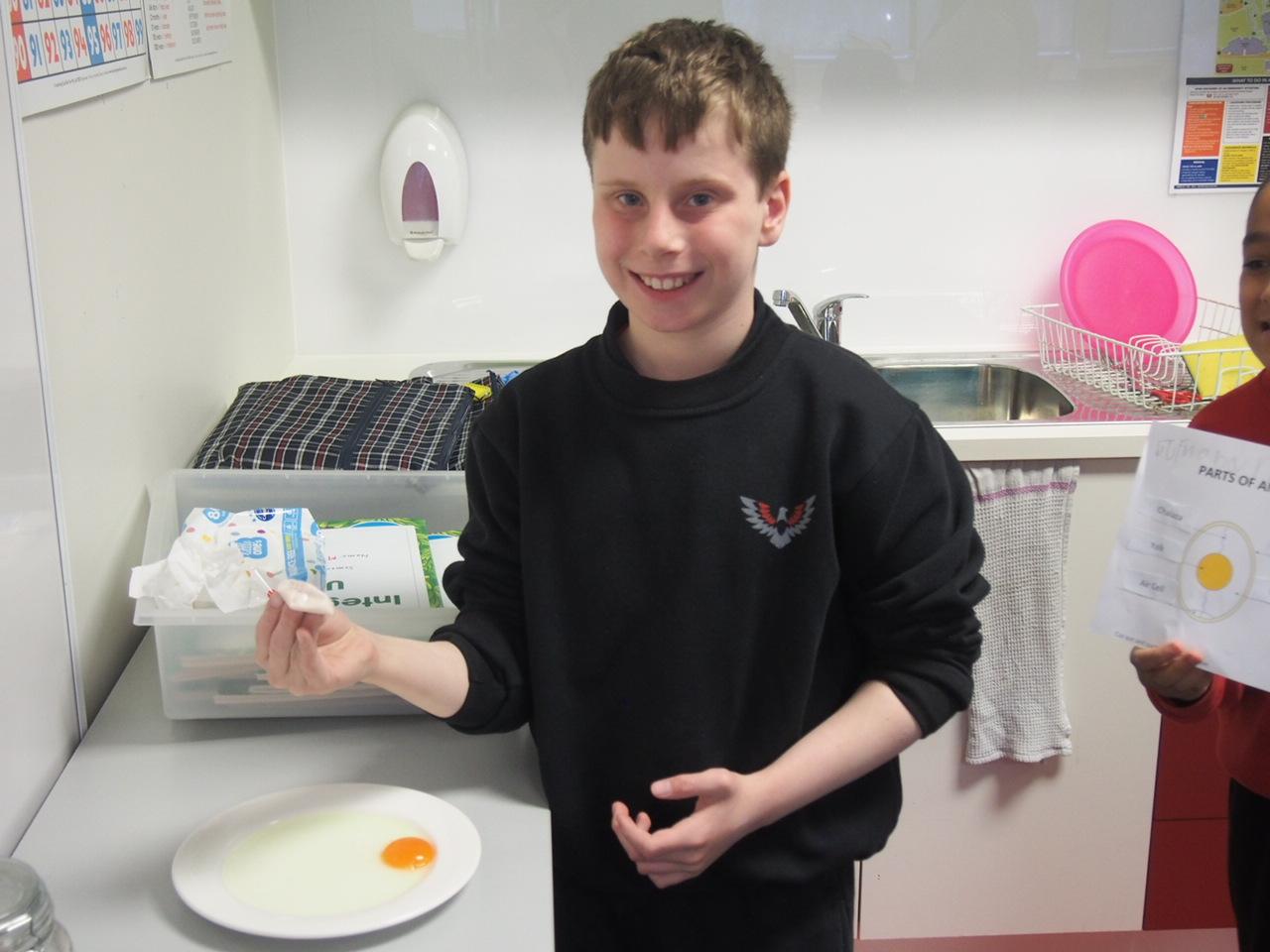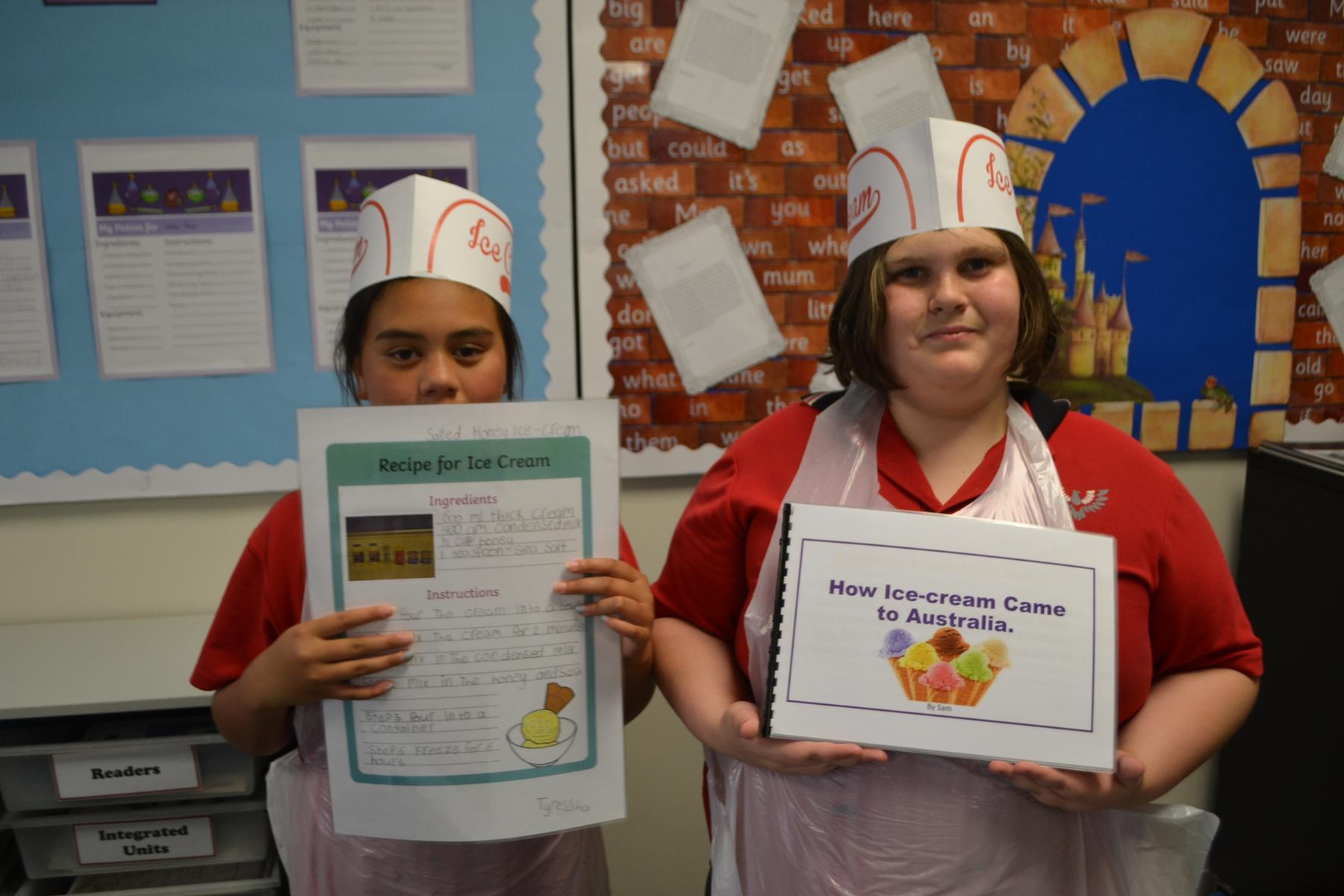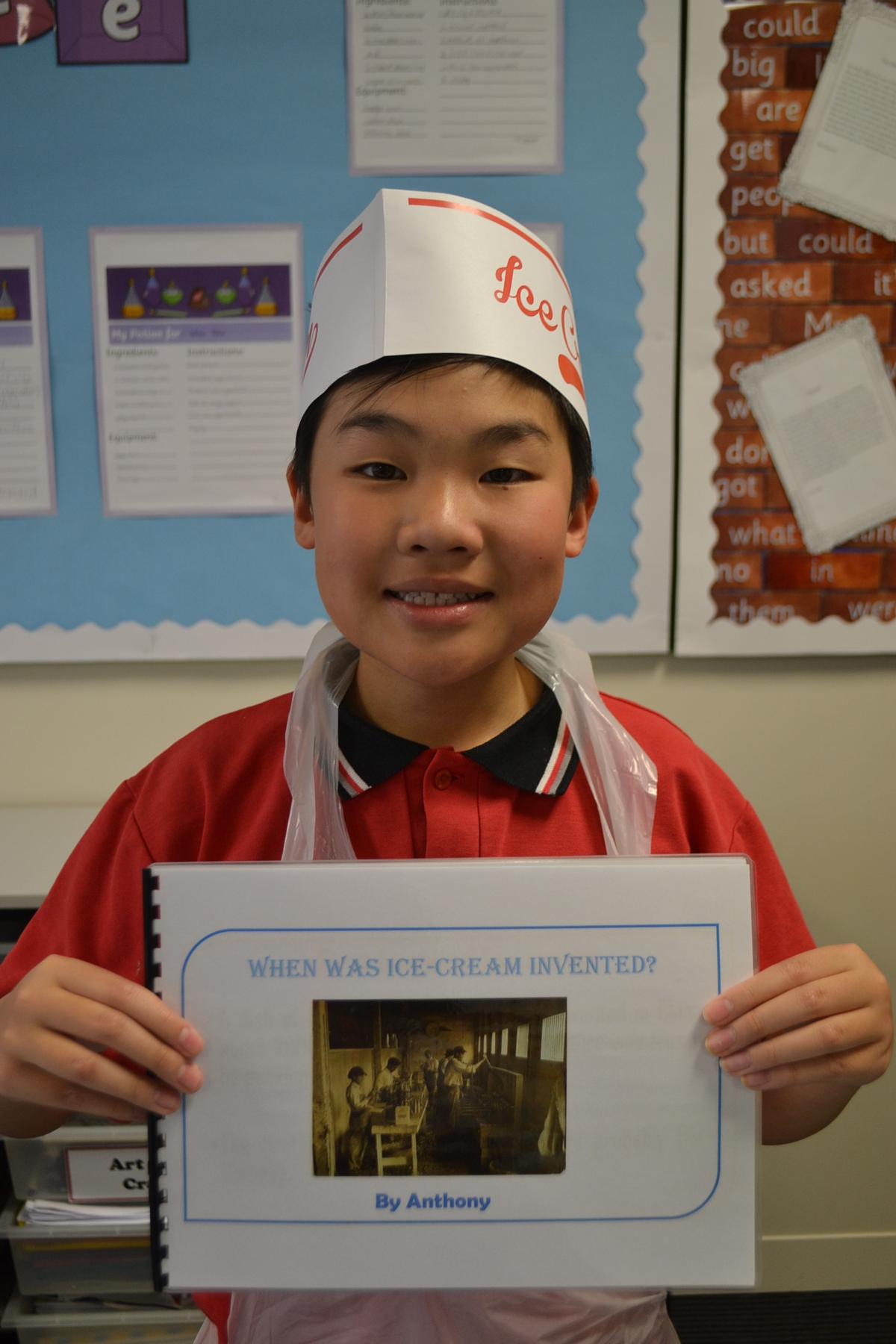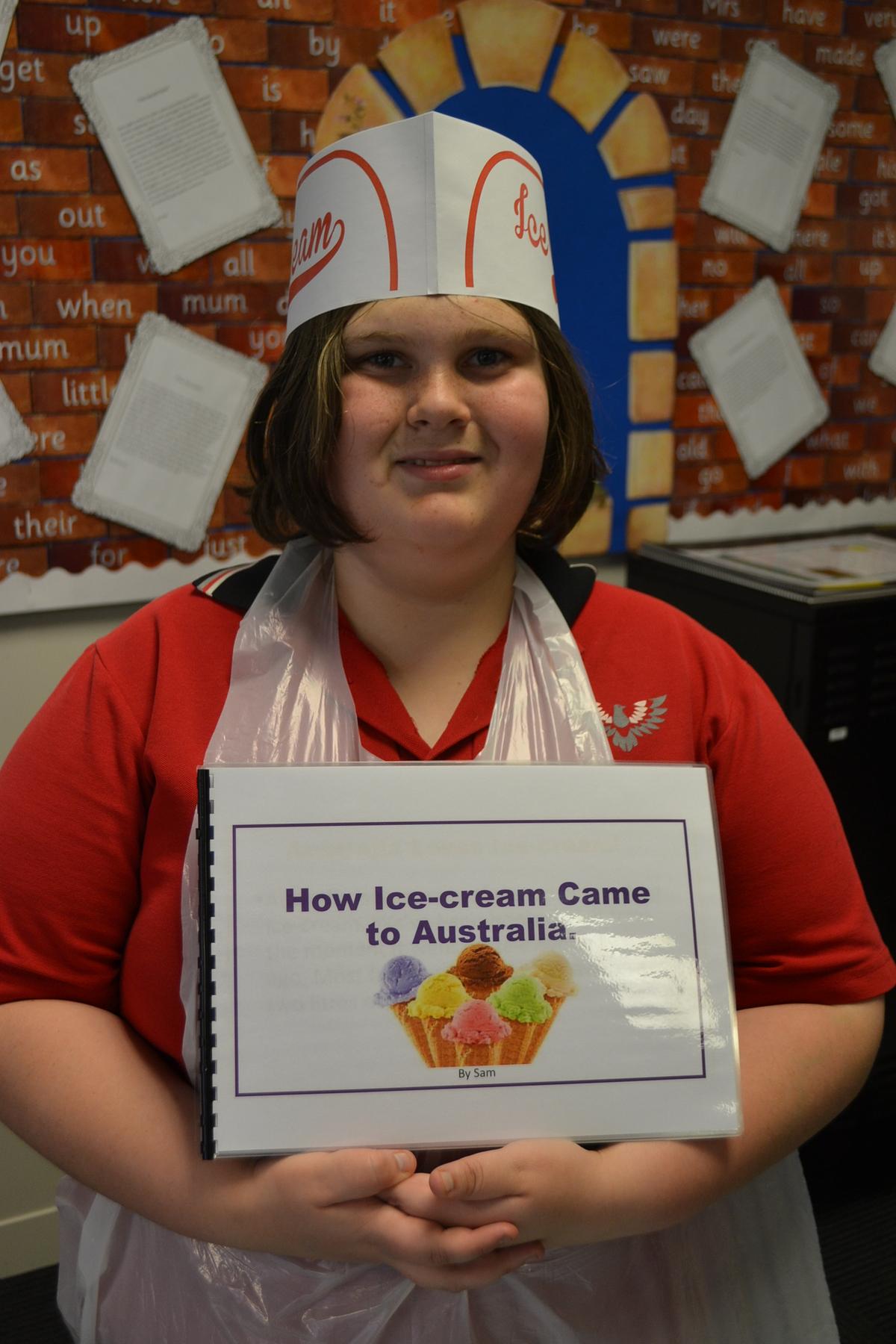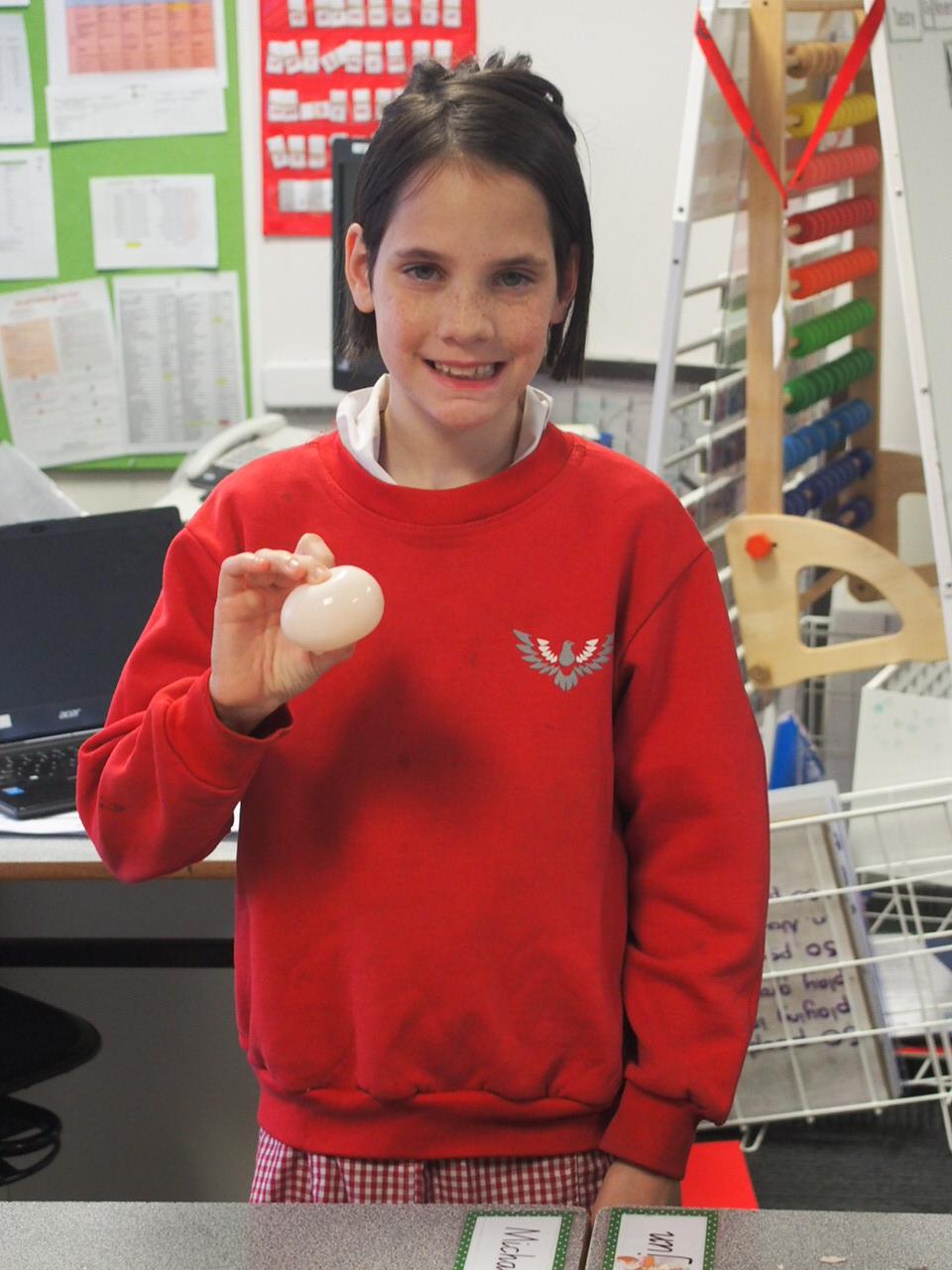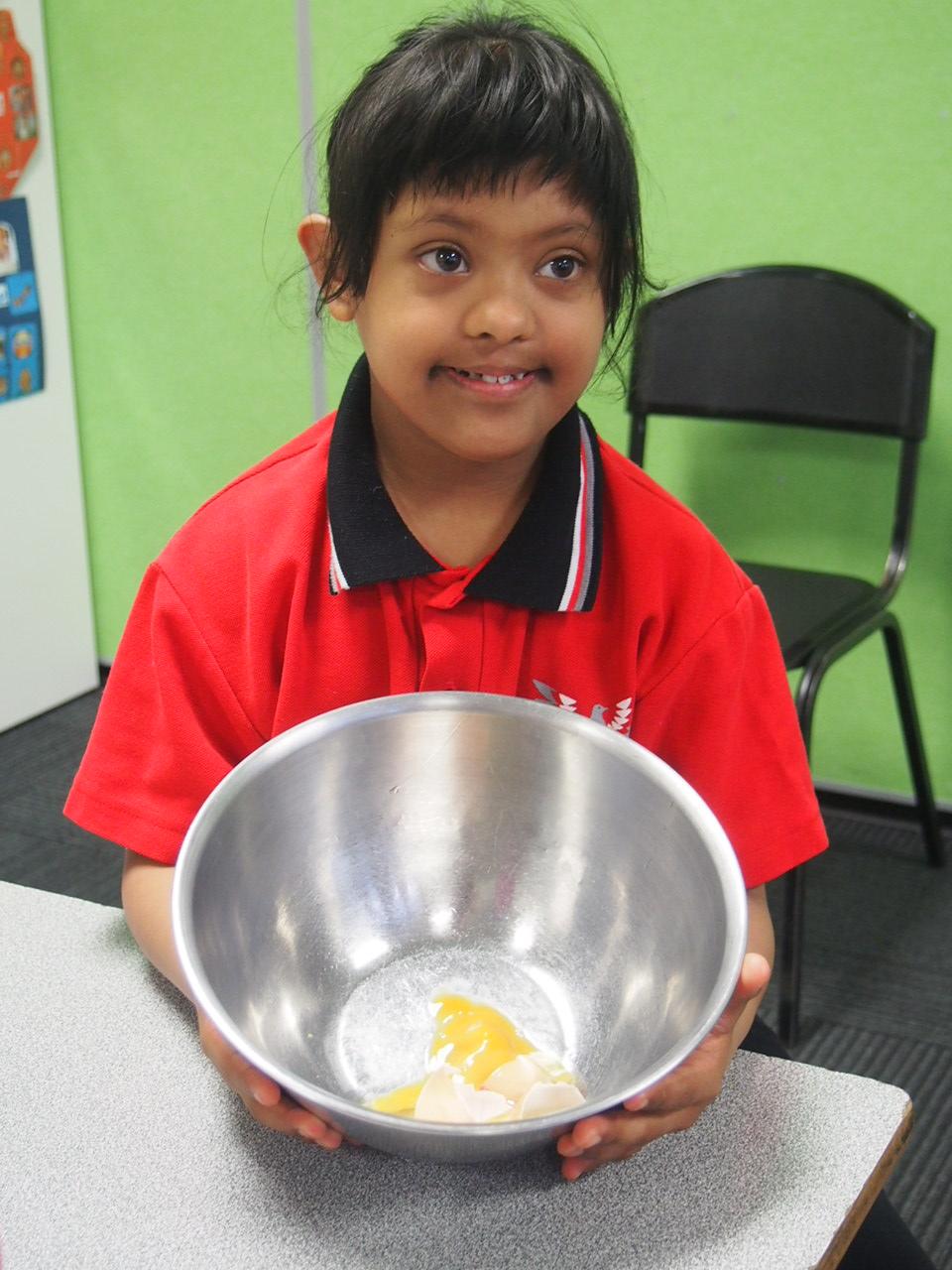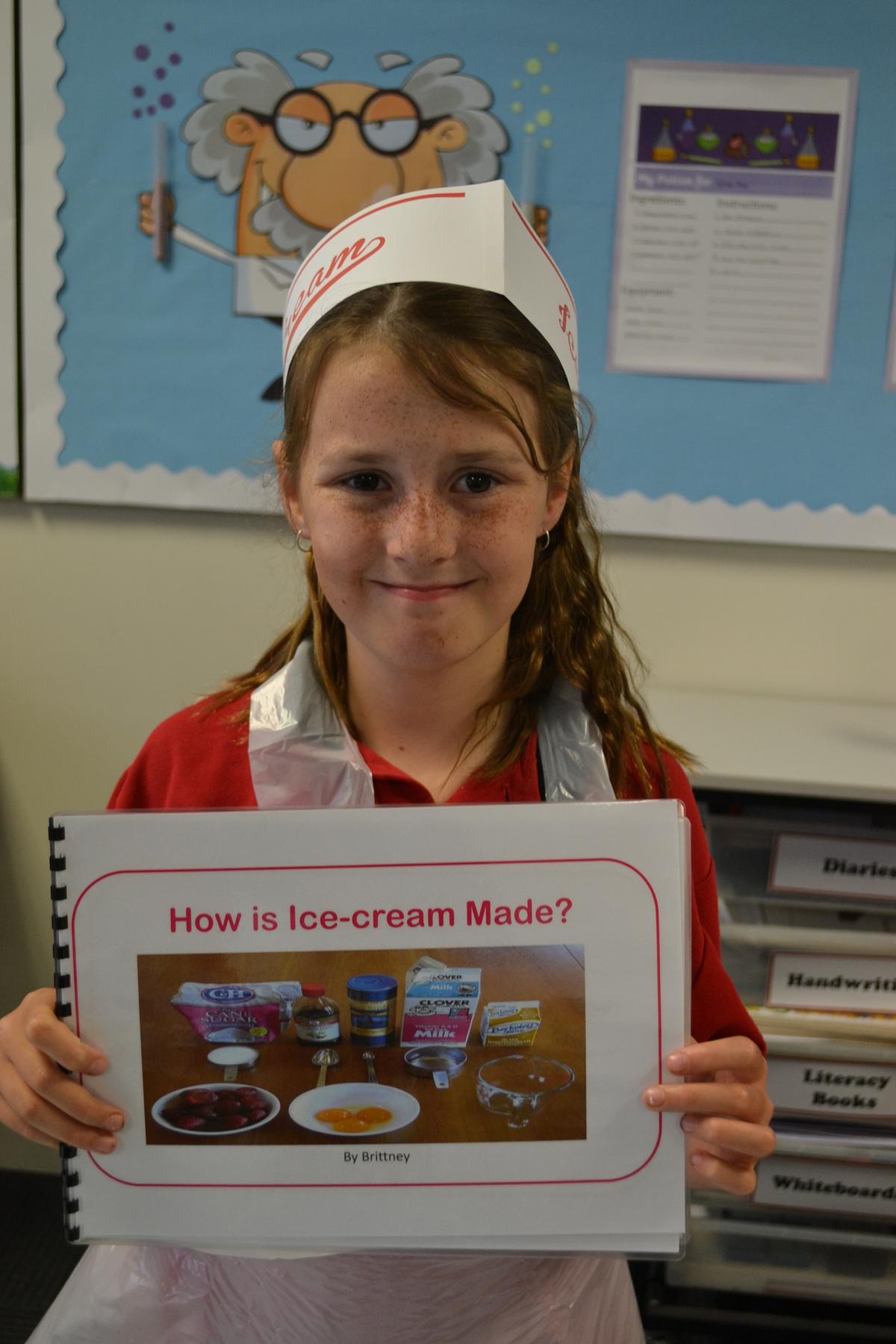Upper Primary Learning

Welcome
Thank-you to all the families and friends who came out to support the Upper Primary Presentation Night. We had a wonderful turnout and the students were thrilled to have the opportunity to share their learning.
English
The students have started exploring Text Structure and Organisation as part of the Reading and Viewing curriculum. Text structure is used to organise information to suit the type of text and its purpose. Classes have started looking at the differences between fiction and non-fiction and examining the elements of texts. These elements include:
Text Features: title, heading, graphics (charts, pictures, maps), captions, table of contents, index, glossary
Text Structures: type (narrative, procedure, information report), introduction, conclusion, sentence, paragraph, how the text is organised (problem/solution)
Classes have started developing anchor charts to record their knowledge and understanding of the text types they have been exploring. Anchor charts are used to support teacher instruction and are co-constructed by both the teacher and students to capture important information and strategies. Classes will continue to develop anchor charts for the different text types they will cover in the coming weeks.
The current focus text type for Writing is Narrative. Students have listened to and viewed a variety of narratives to investigate features such as: characters, setting, plot, problem, solution. Over the past couple of weeks students have been focussing on characters and settings. They explored physical (outside) and personality (inside) traits and have demonstrated a high level of enthusiasm and creativity when developing their own character. The students have been exploring adjectives to build interesting vocabulary in conjunction with the development of the visual aspect of characters and settings.
Mathematics
Classes are currently revisiting Subtraction. They have revised the different terms used for subtraction (subtract, minus, take-away, fewer, less, difference) as well as subtraction strategies. These strategies include:
- Take some away and count the remainder
- Counting back
- Fact families
- Use materials
- Draw a picture
- Number lines
The focus for Measurement and Geometry has changed to Volume and Capacity. Classes have learned that volume is the amount of space occupied by an object or substance in a container and capacity is the amount the container can hold. Students have recorded words related to volume and capacity on an anchor chart (full, half full, empty, cups, litres, millilitres, holds more, holds less). Students have explored capacity using informal measurement by adding objects and substances to various size/shape containers and making comparisons to determine which container holds more/less.
Social Competencies
Recently in Social Competency we’ve finished up our Personal Learning unit Students have brainstormed good choices and bad choices for their learning and played a board game in which good choice cards helped them win while bad choice cards held them up! Students also explored what makes a good learner and made a poster with some of these features such as good listening skills, organisation and problem solving. Well done Upper Primary!
Integrated Unit
In PJT, five families, including siblings, grandparents and aunts and uncles came to see the students' chocolate bar presentation. Lots of families tasted the chocolate bars that the students made at the sample table, looked at the poster displays and listened to oral presentations.
The students of PDJ presented oral reports to an audience of their parents/carers and friends on the topic of ‘Ice-cream’. Students capably researched this topic and presented projects in the form of posters, procedural texts and Power Point Books. The students confidently answered questions about their chosen topic and then helped their families to make a ‘lemonade spider’ with vanilla ice-cream they had previously made. A highlight for everyone was taste testing the delicious ‘salted honey ice-cream’ the students had made earlier. The students looked the part in their ice-cream caps and white aprons, turning the classroom into an ice-cream parlour.
On presentation night PSP and PCS joined forces to present their information reports on chocolate and how it can be changed. The students did a fantastic job of explaining reversible change and their posters looked fantastic. Parents, carers and students were excited to sample different types of chocolate and to melt a chocolate block on a stick into a hot cup of milk to make a delicious hot chocolate.
The PJF ‘Eggsperts’ presented their findings from their egg investigation. They had researched the properties of an egg and embarked on a learning discovery to find the answer to the question “Is an egg a liquid or a solid?” They concluded that an egg can change from a liquid to solid through the process of heating, cooling or chemical change. PJF’s presentation included student information reports, posters, a short video and various experiment displays such as frozen eggs, cooked eggs, and bouncy eggs that had been left for a week in vinegar. We had 6 families attend. An ‘Eggcellent’ evening.
PMB presented posters sharing information about an icy-pole they created. The students were very proud to show off their hard work. We even had a go at creating and tasting special class icy-poles mixing Zooper Dooper flavours and Gummy Bears. It was a very exciting experience.
PKO students enjoyed sharing their learning about popcorn with their family and friends. About half of the students came in on Presentation Night to teach others about popcorn. Visitors to the class enjoyed taste testing different flavours of popcorn, just as we did when researching for our projects. It was great to see the hard work that students put into their research, movie making, PowerPoints and posters. They should all be very proud of themselves.
Focus on Fun
With warmer weather upon us it’s a great time to head outside and set up some water play. This could be anything from using a variety of different cups and containers to compare how much they hold (holds more/holds less, full, half full, empty) to making your own watering can from a 2L milk bottle. Just poke holes in the lid. Regular watering cans are also great for learning about formal units of measure such as litres.
Chris Norman - Upper Primary Team Leader
Kirsten Coulter - Teaching and Learning Coordinator
